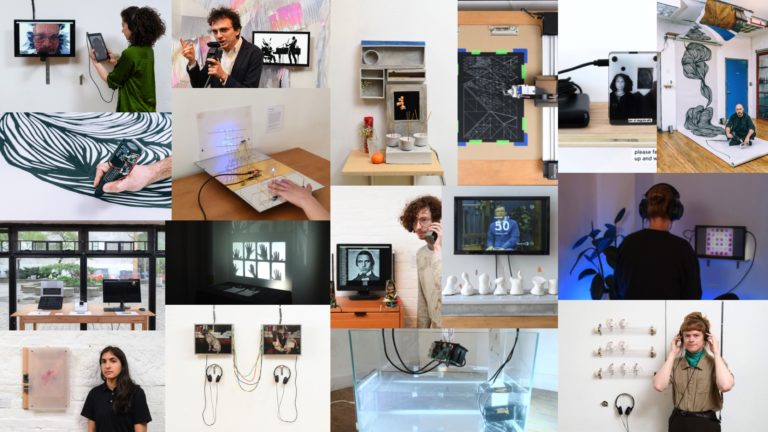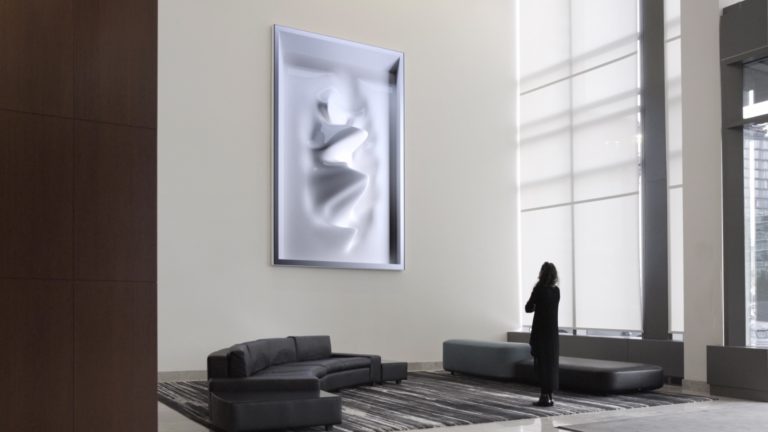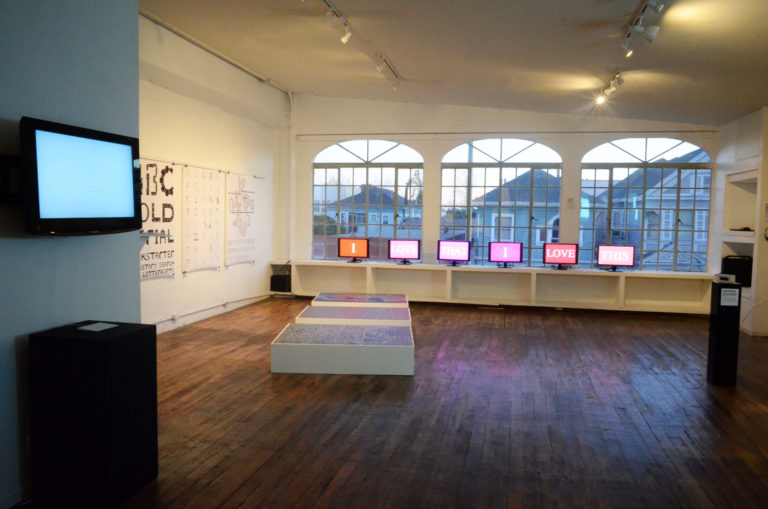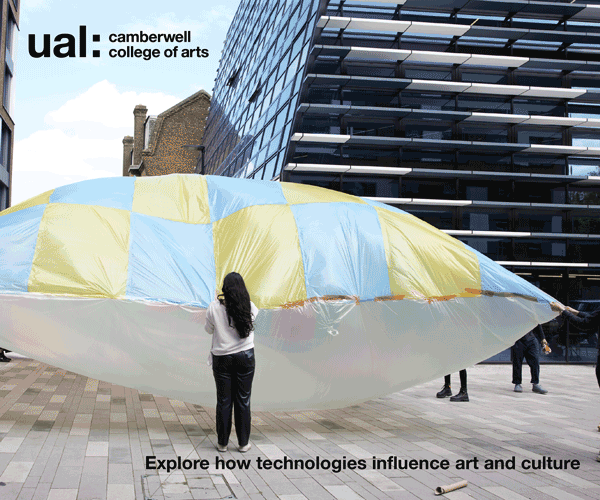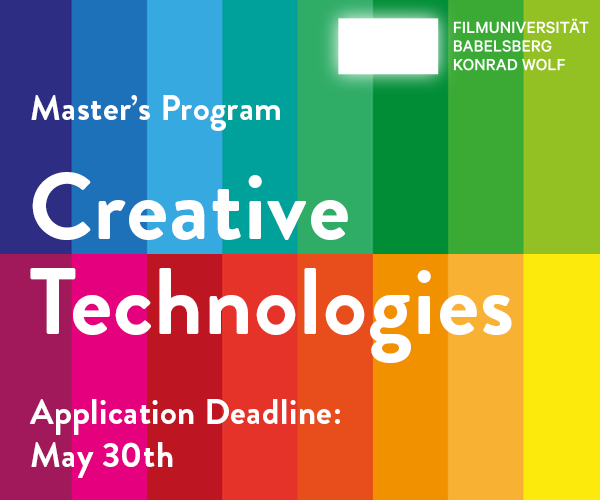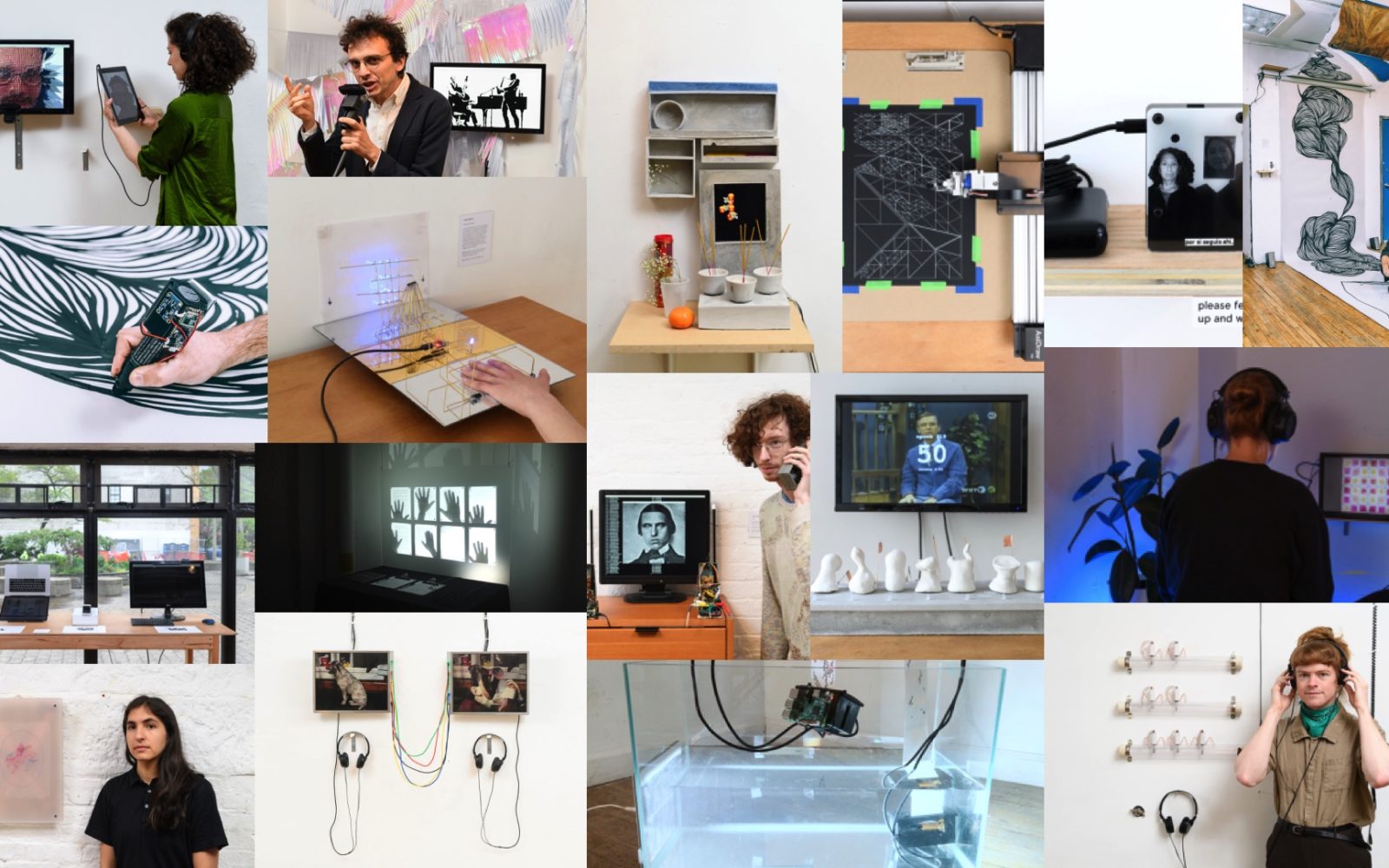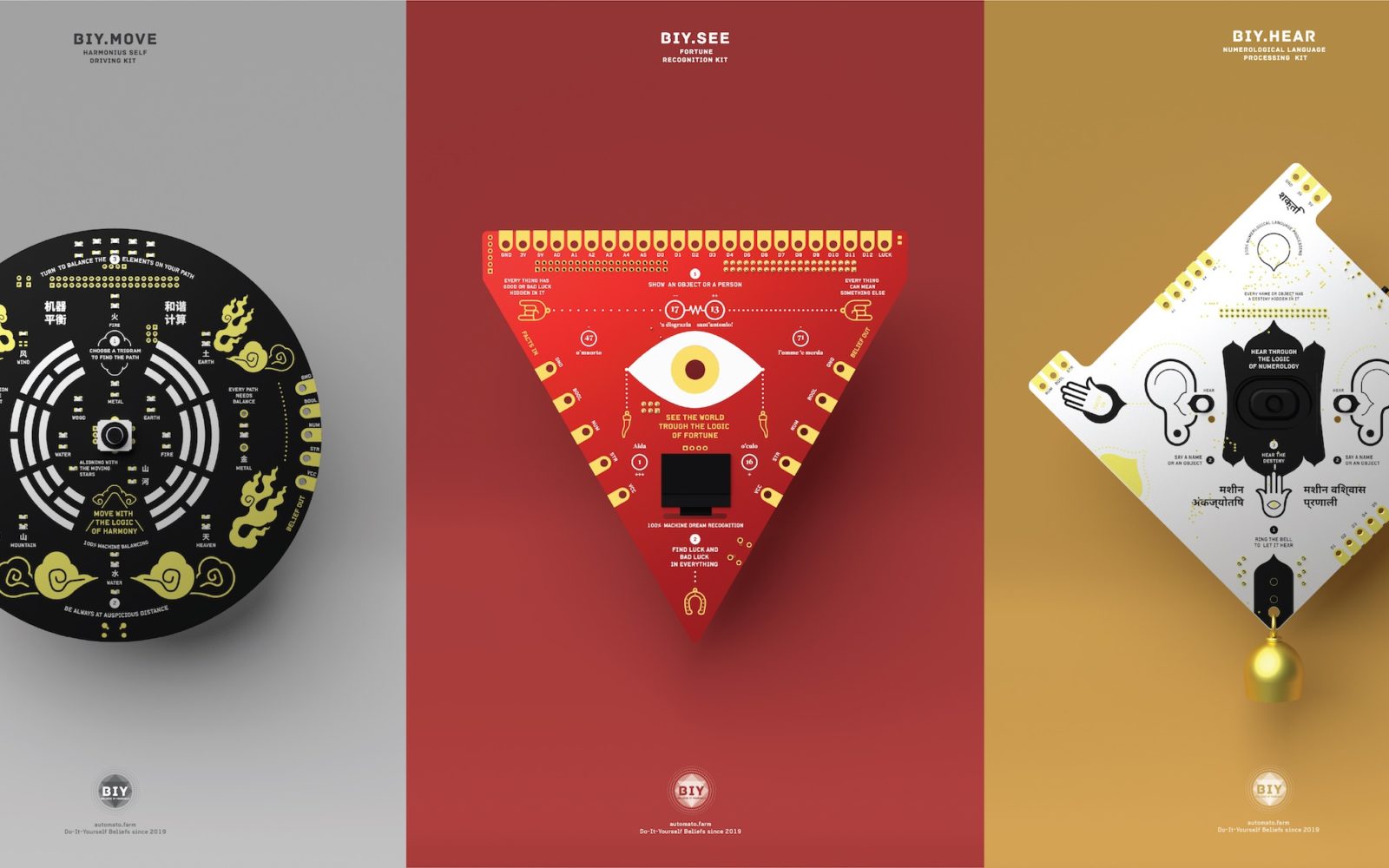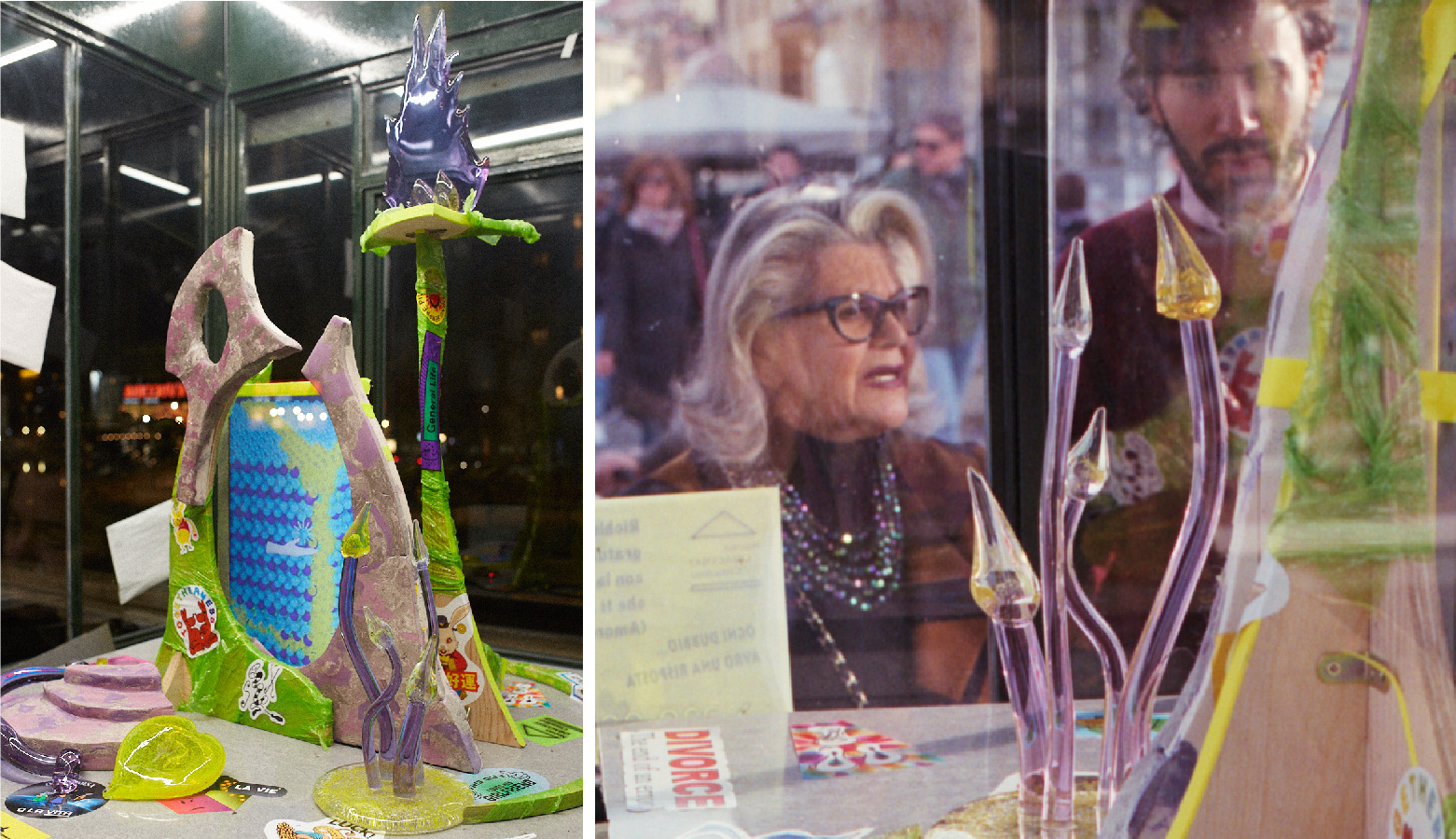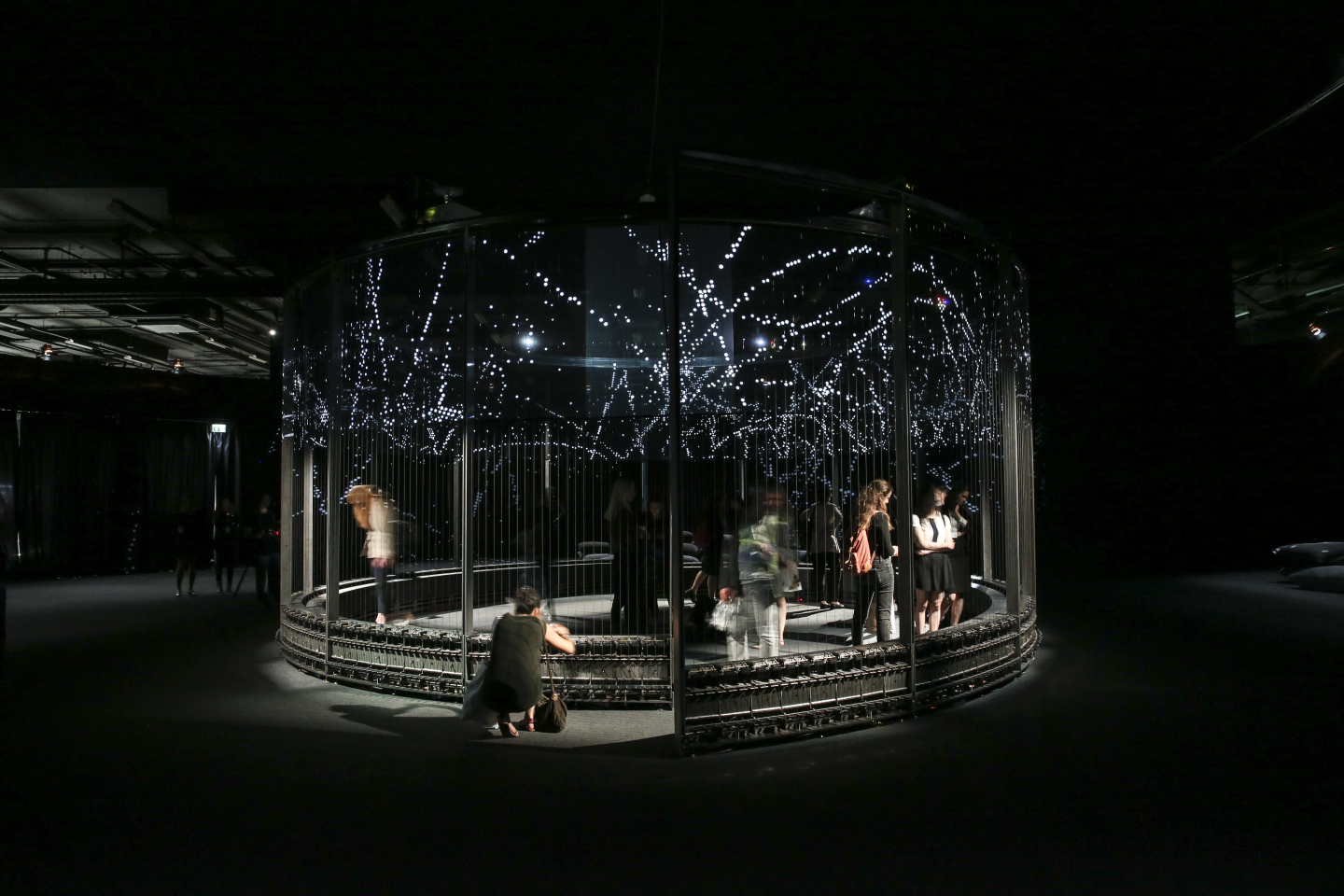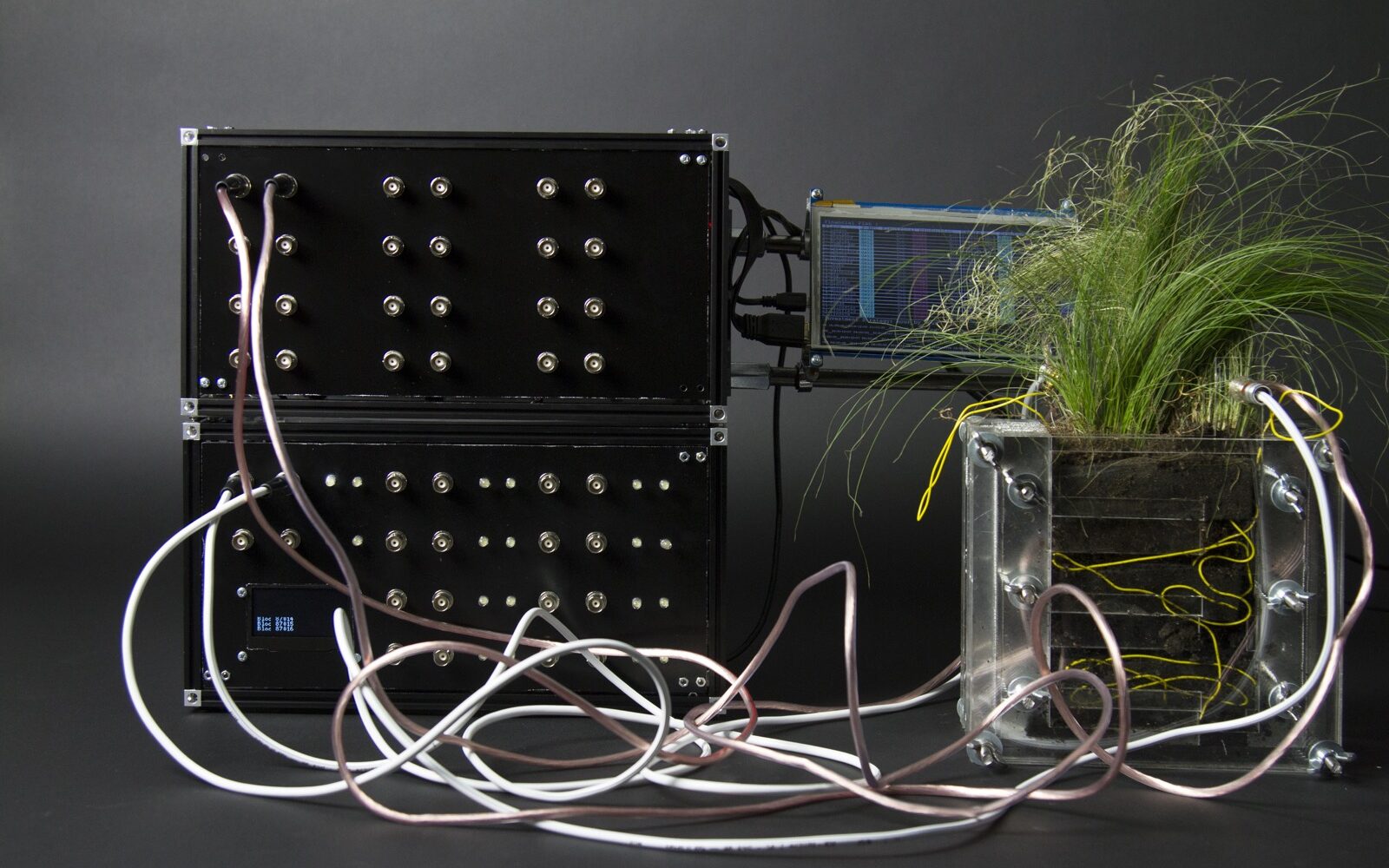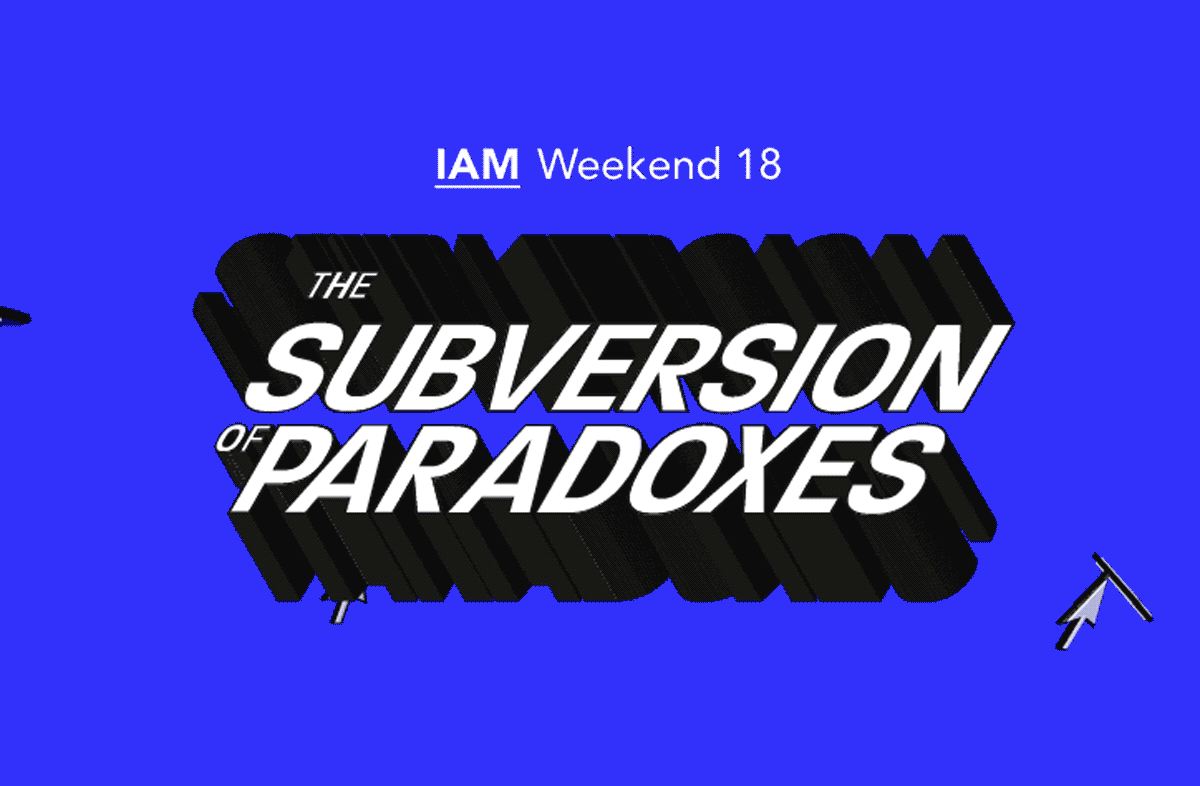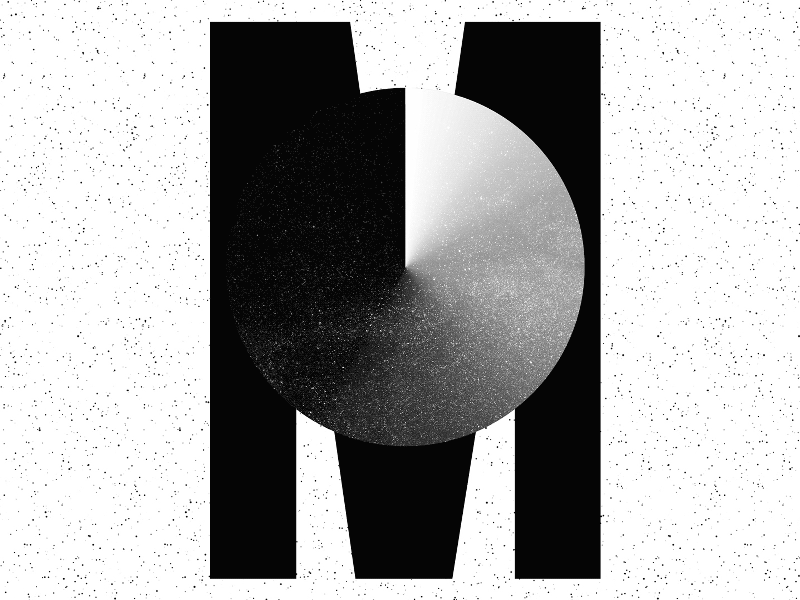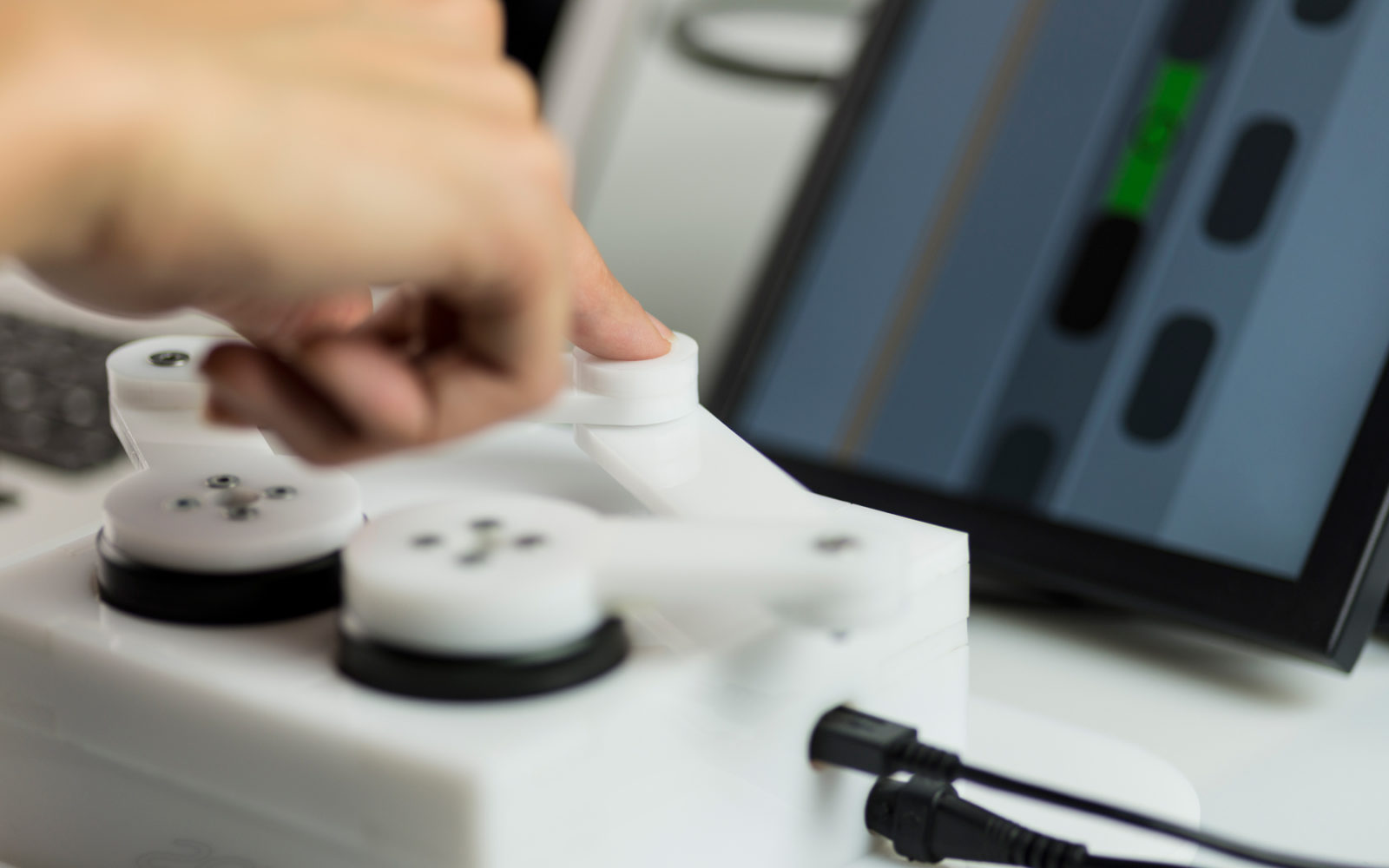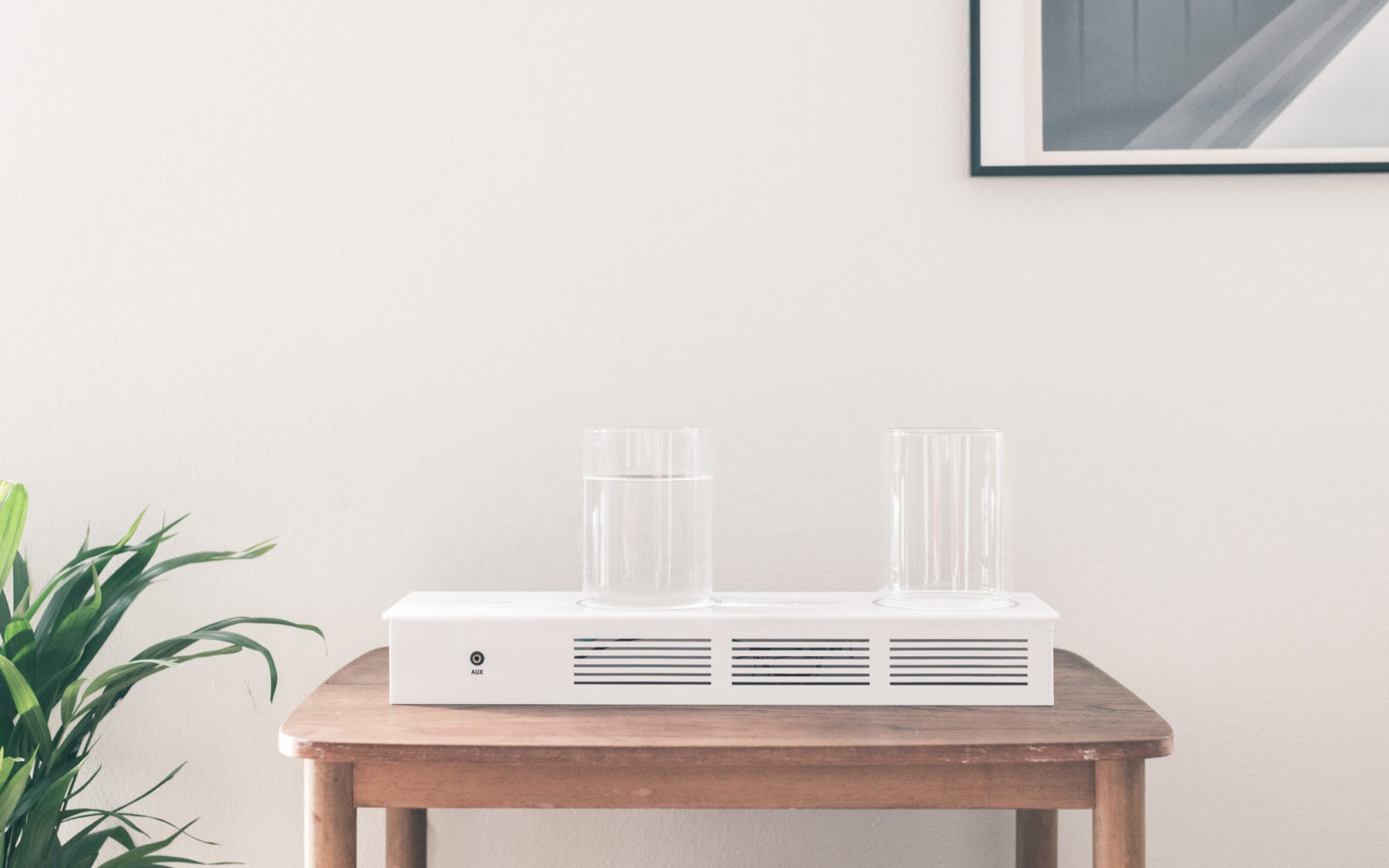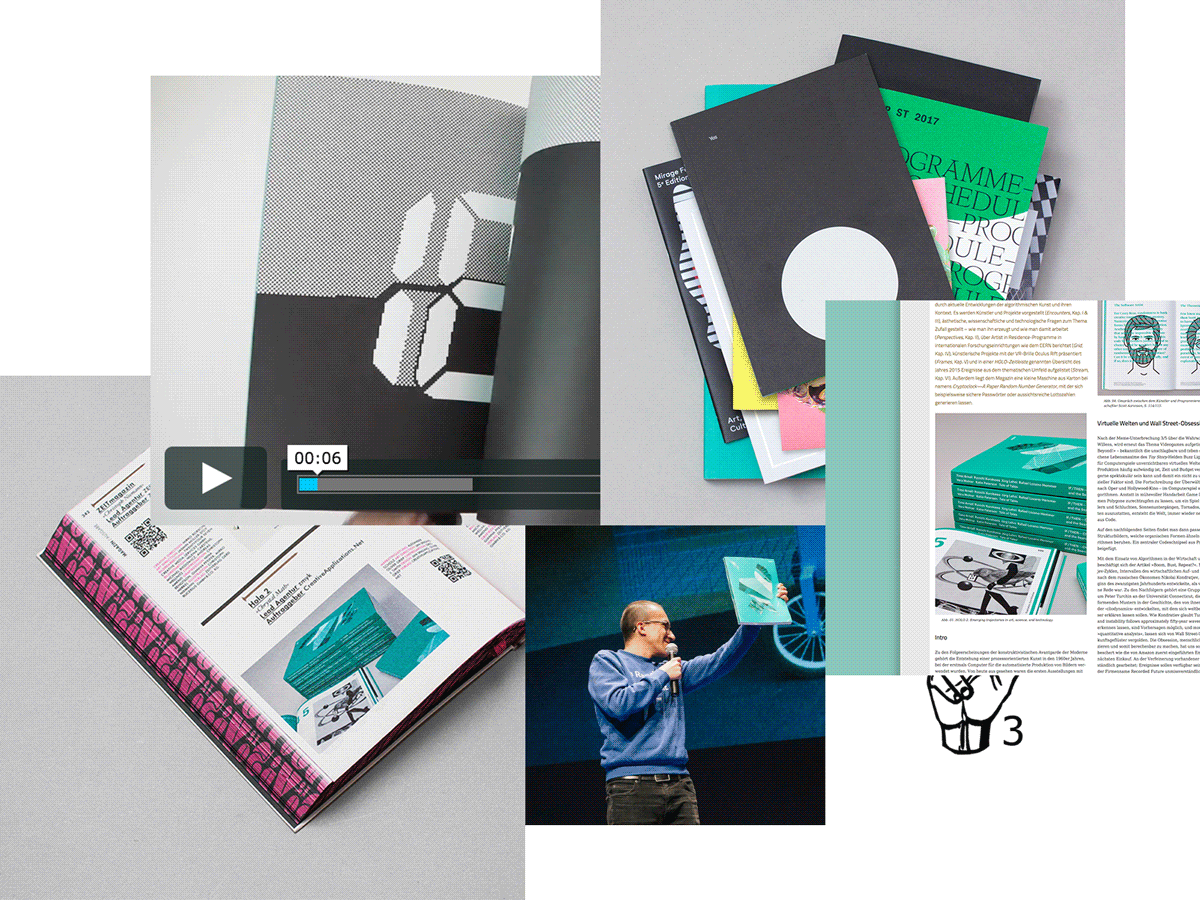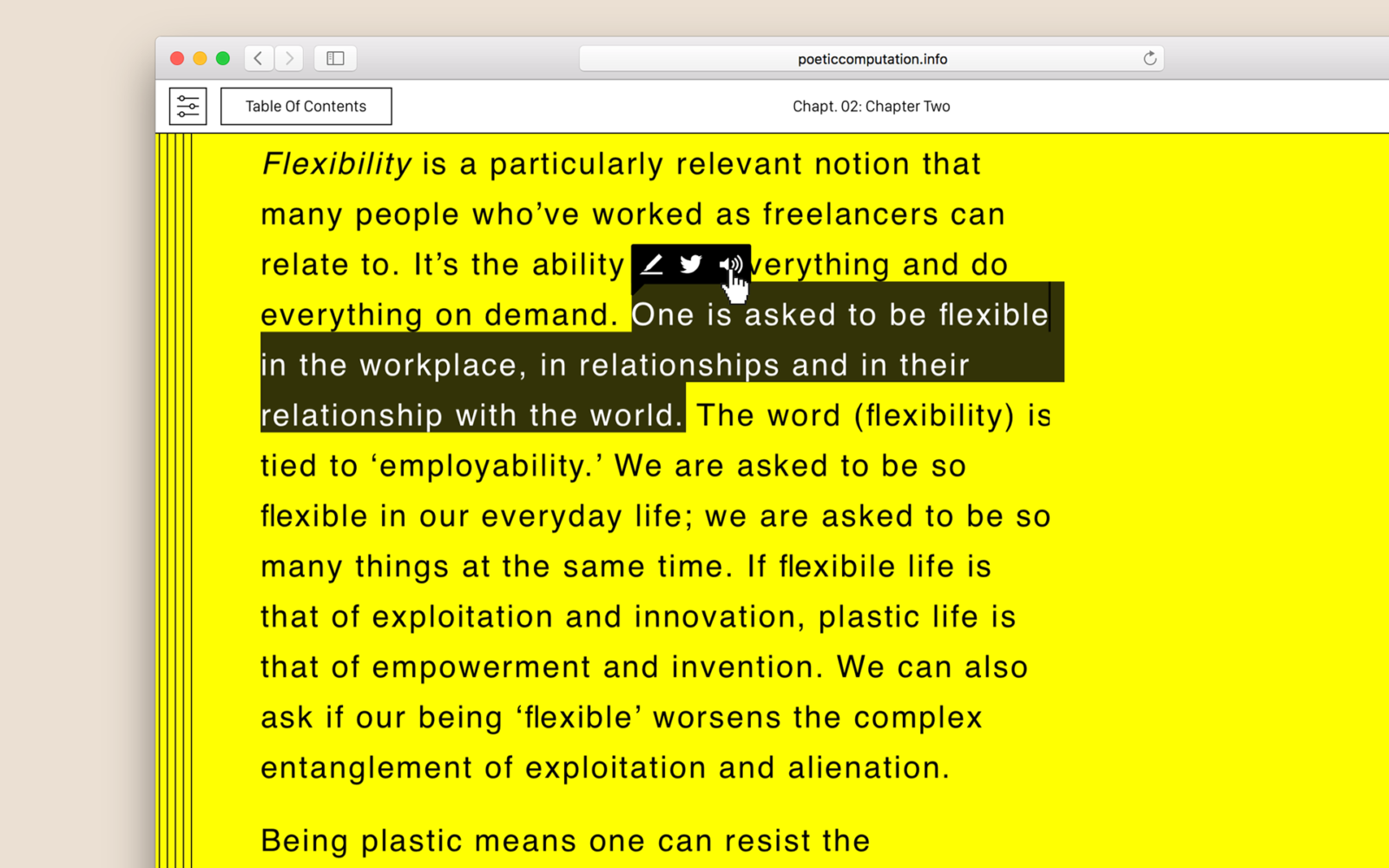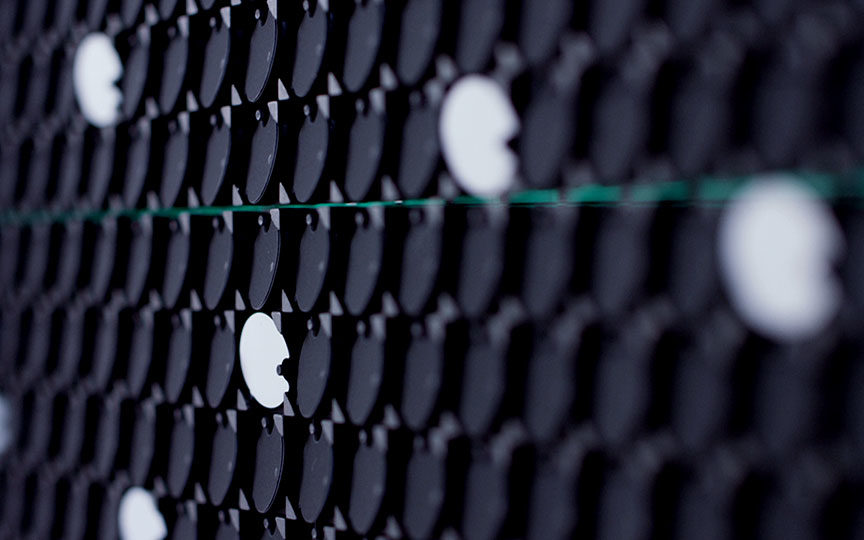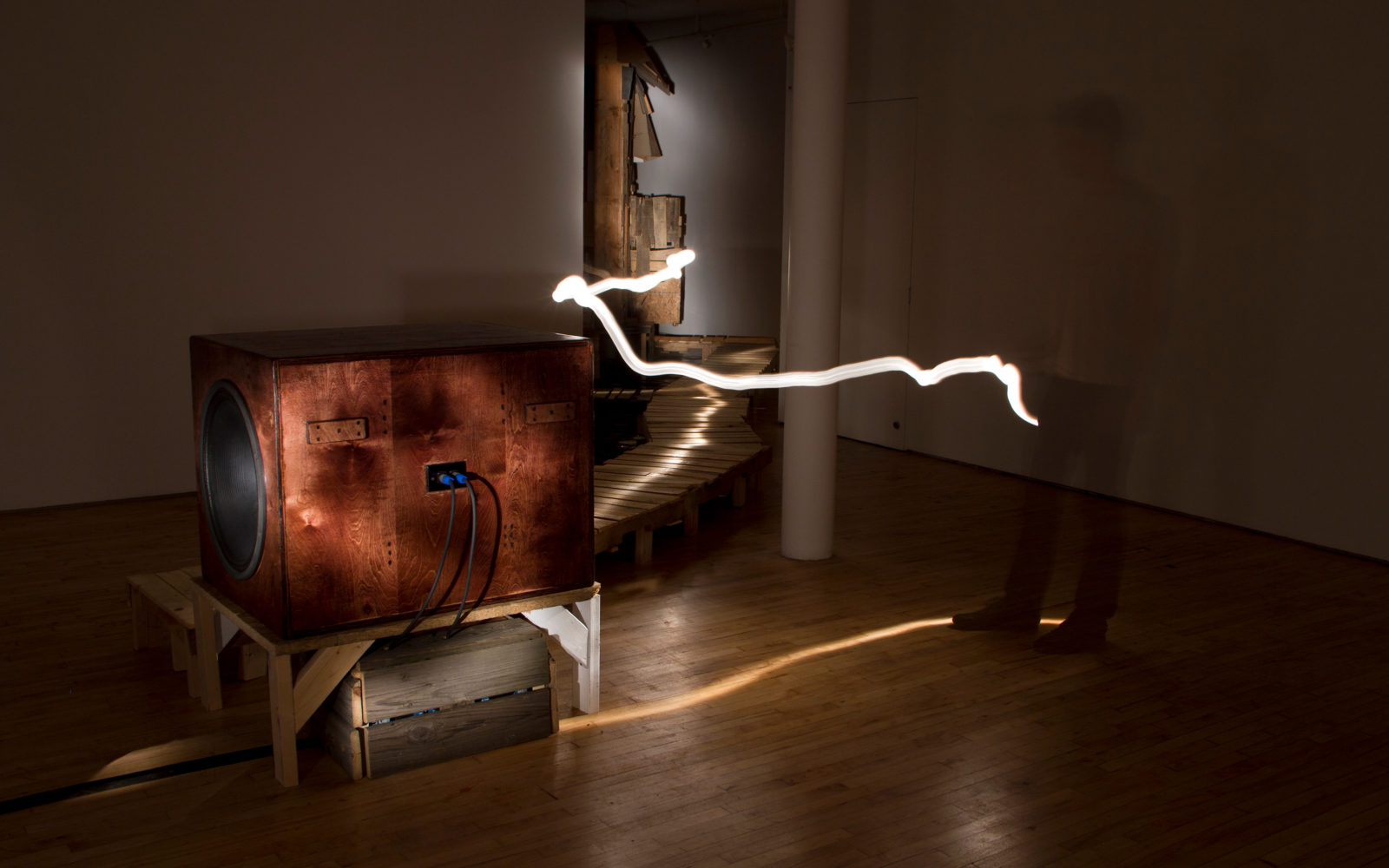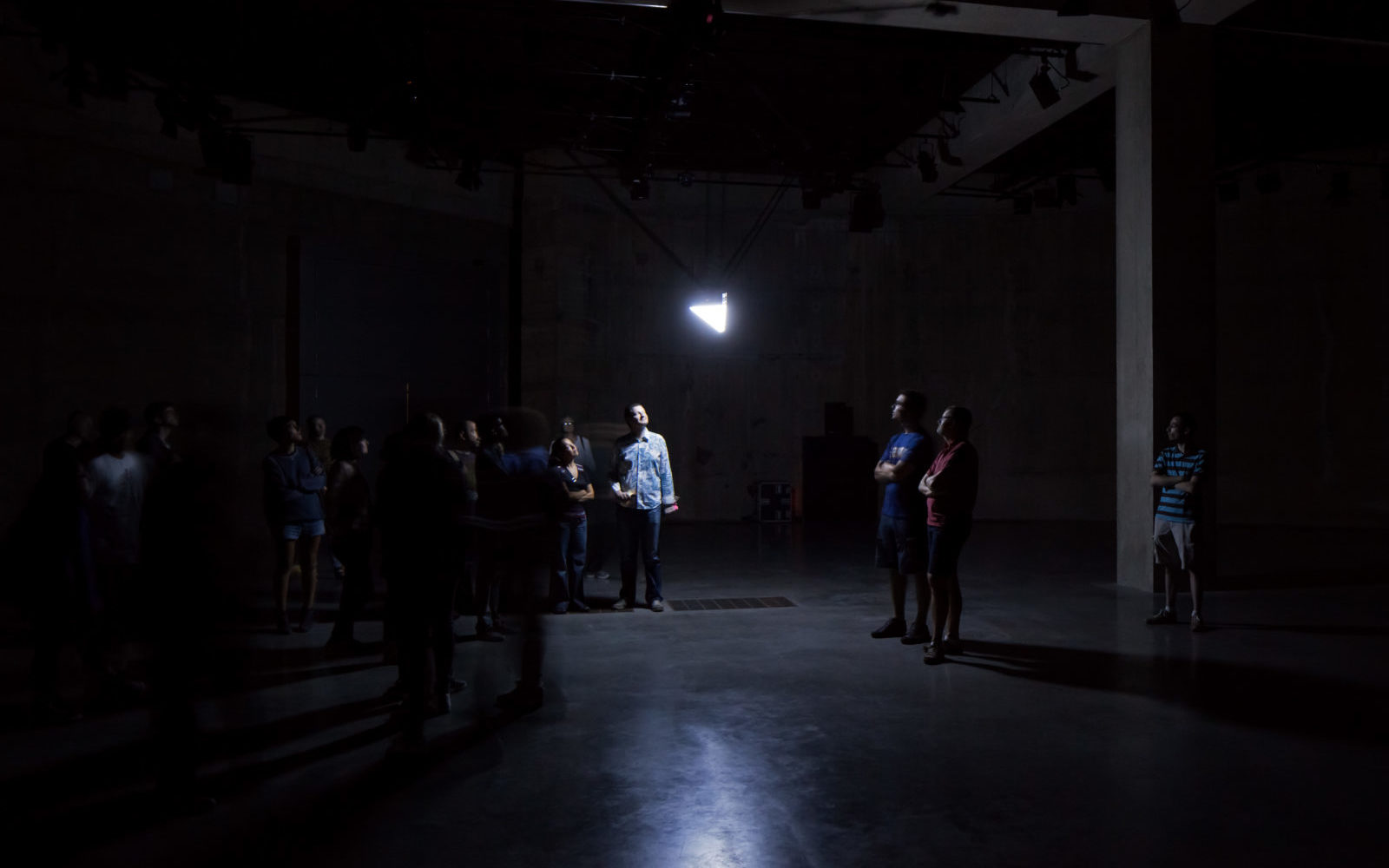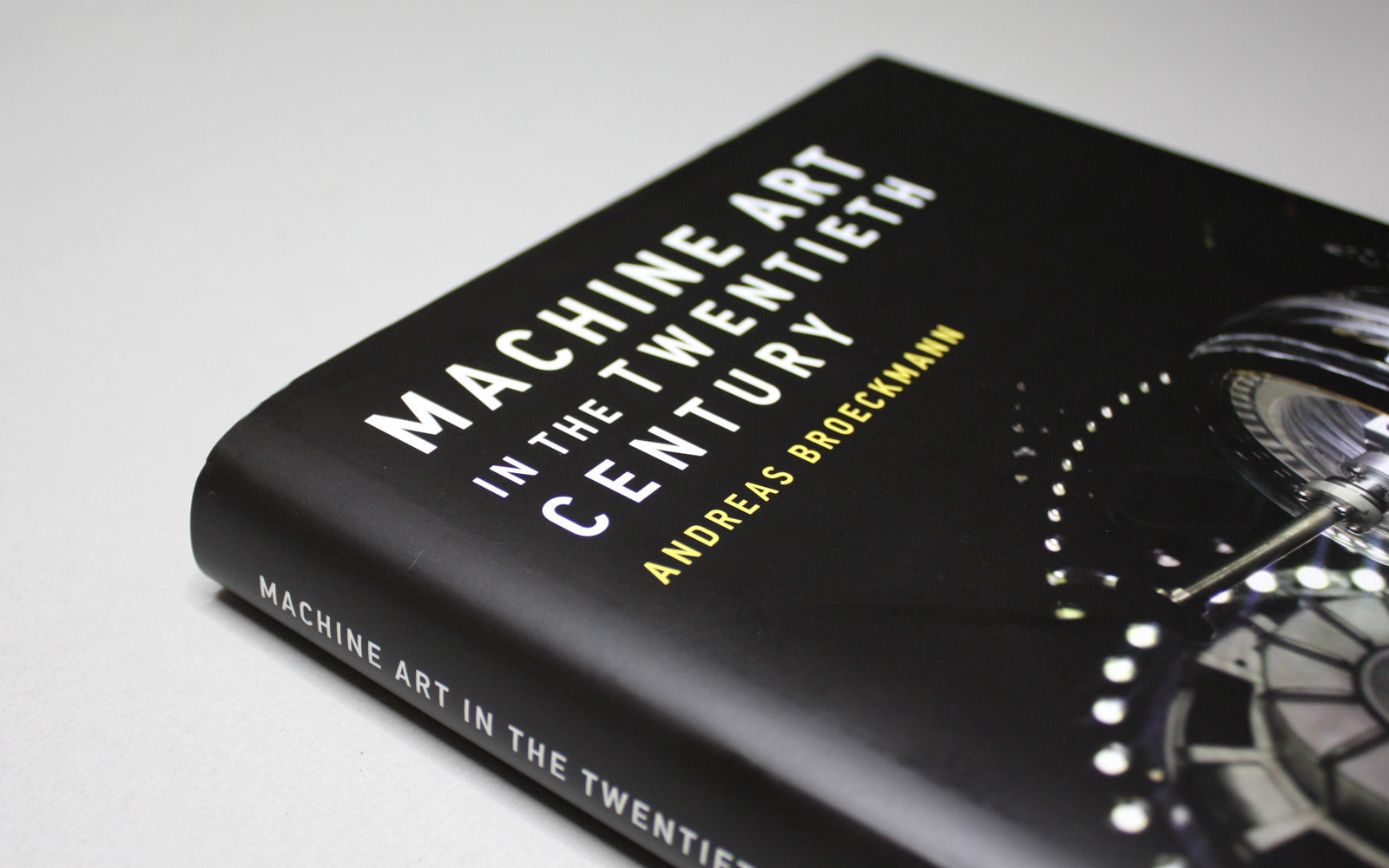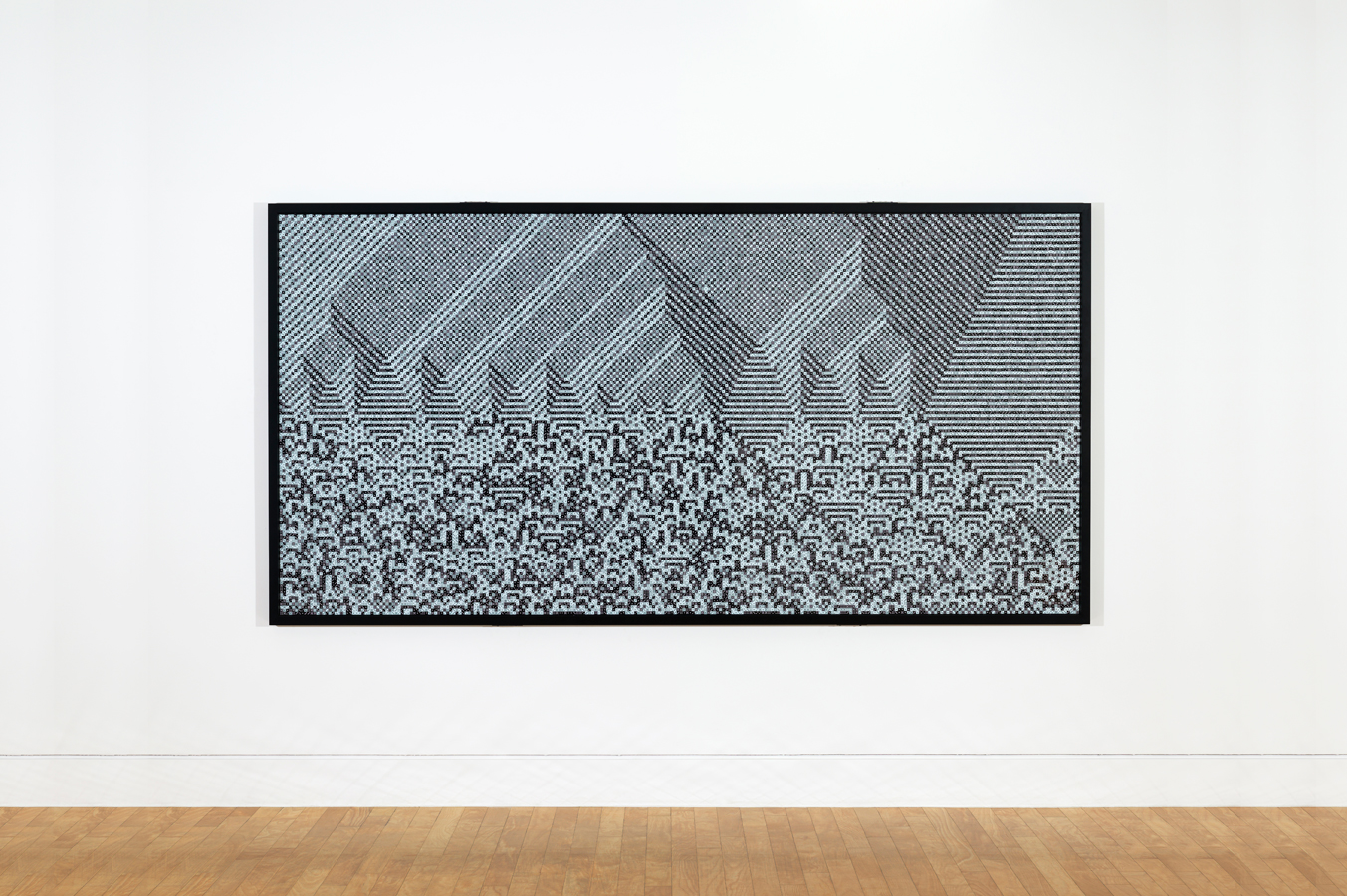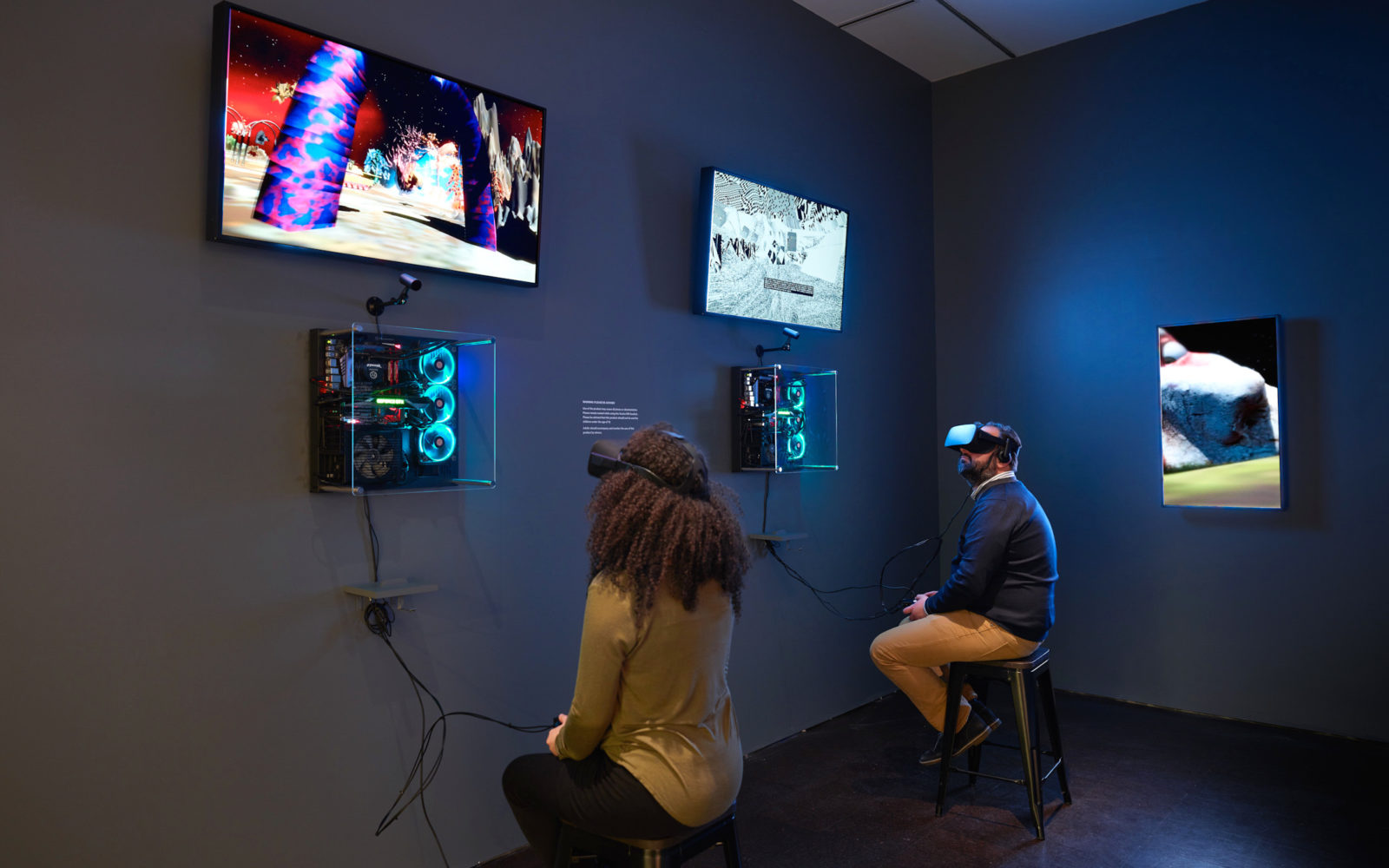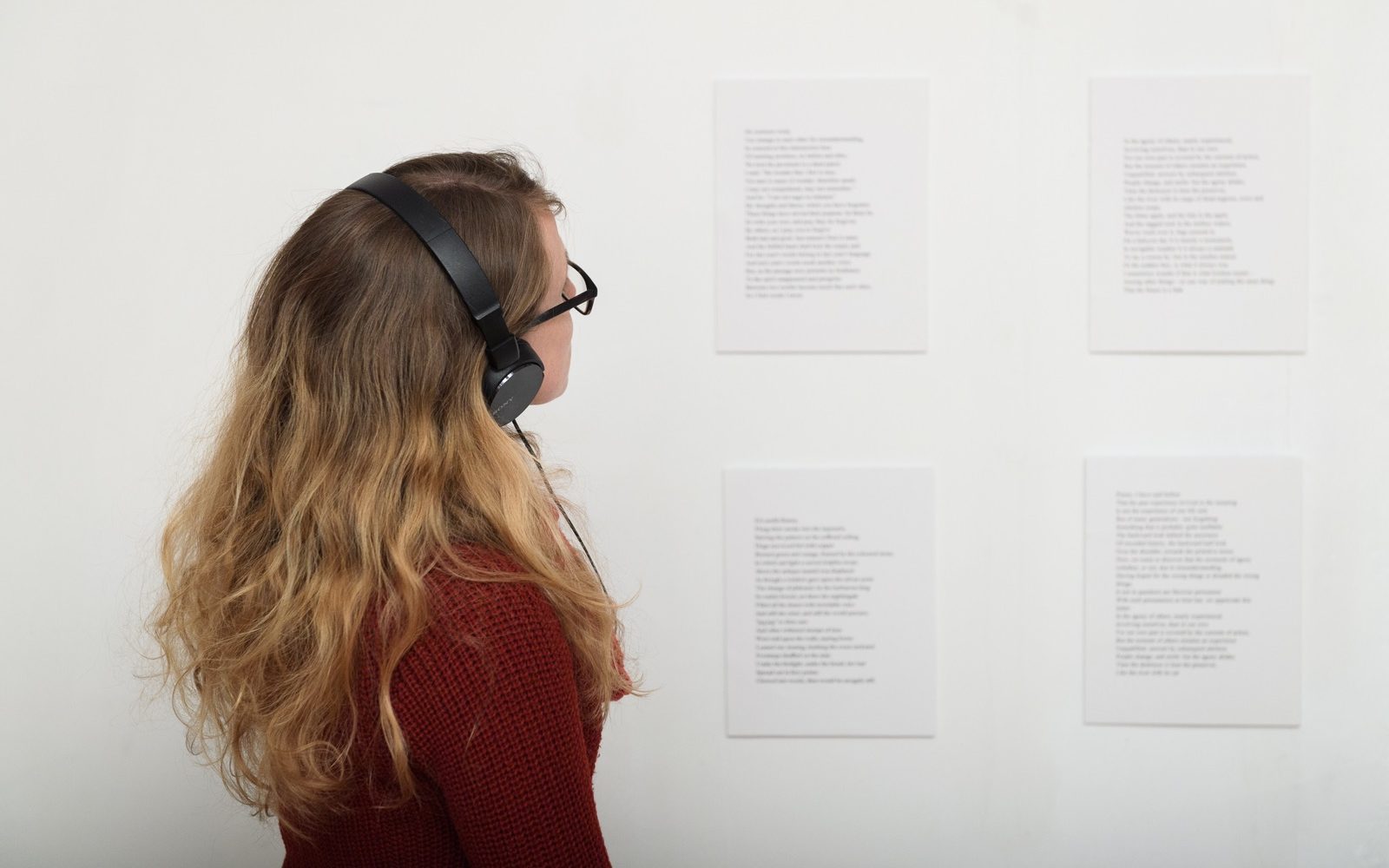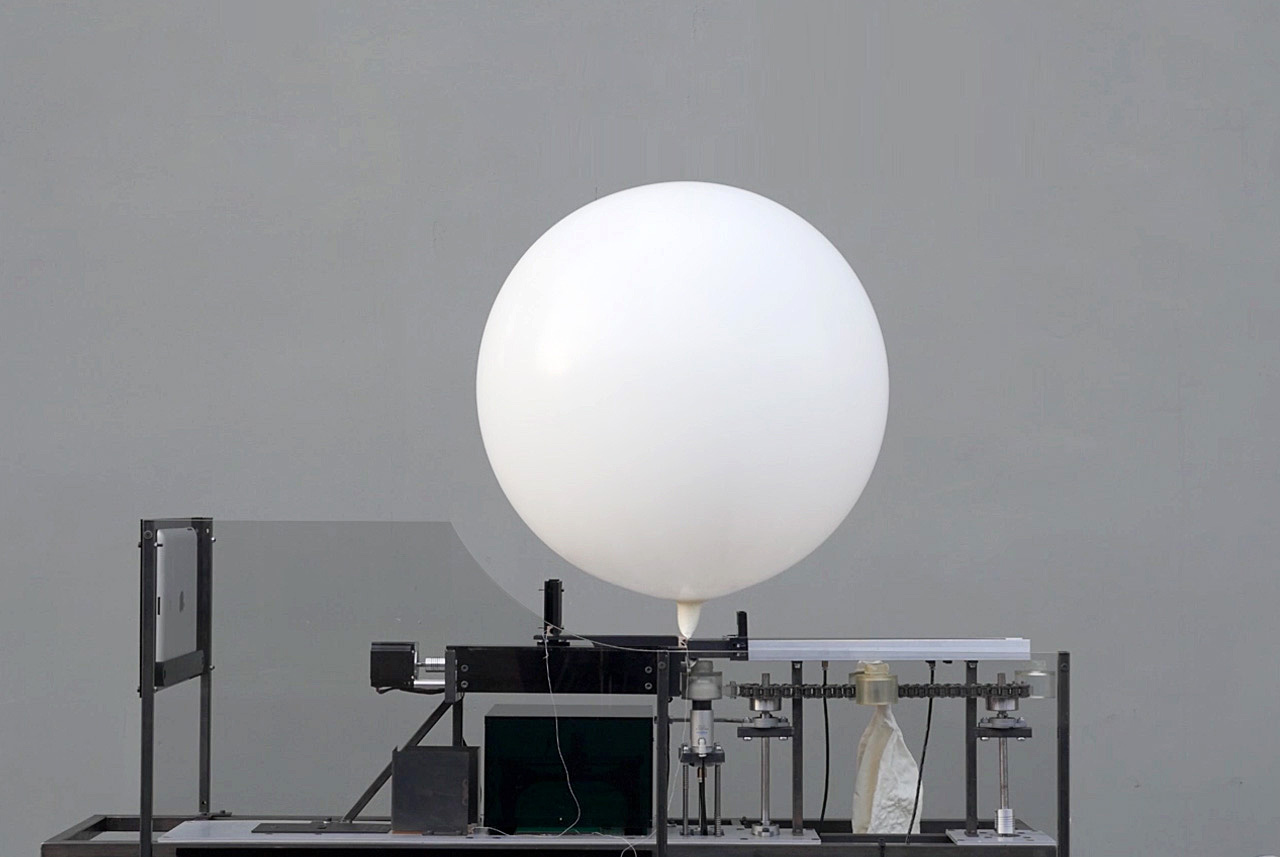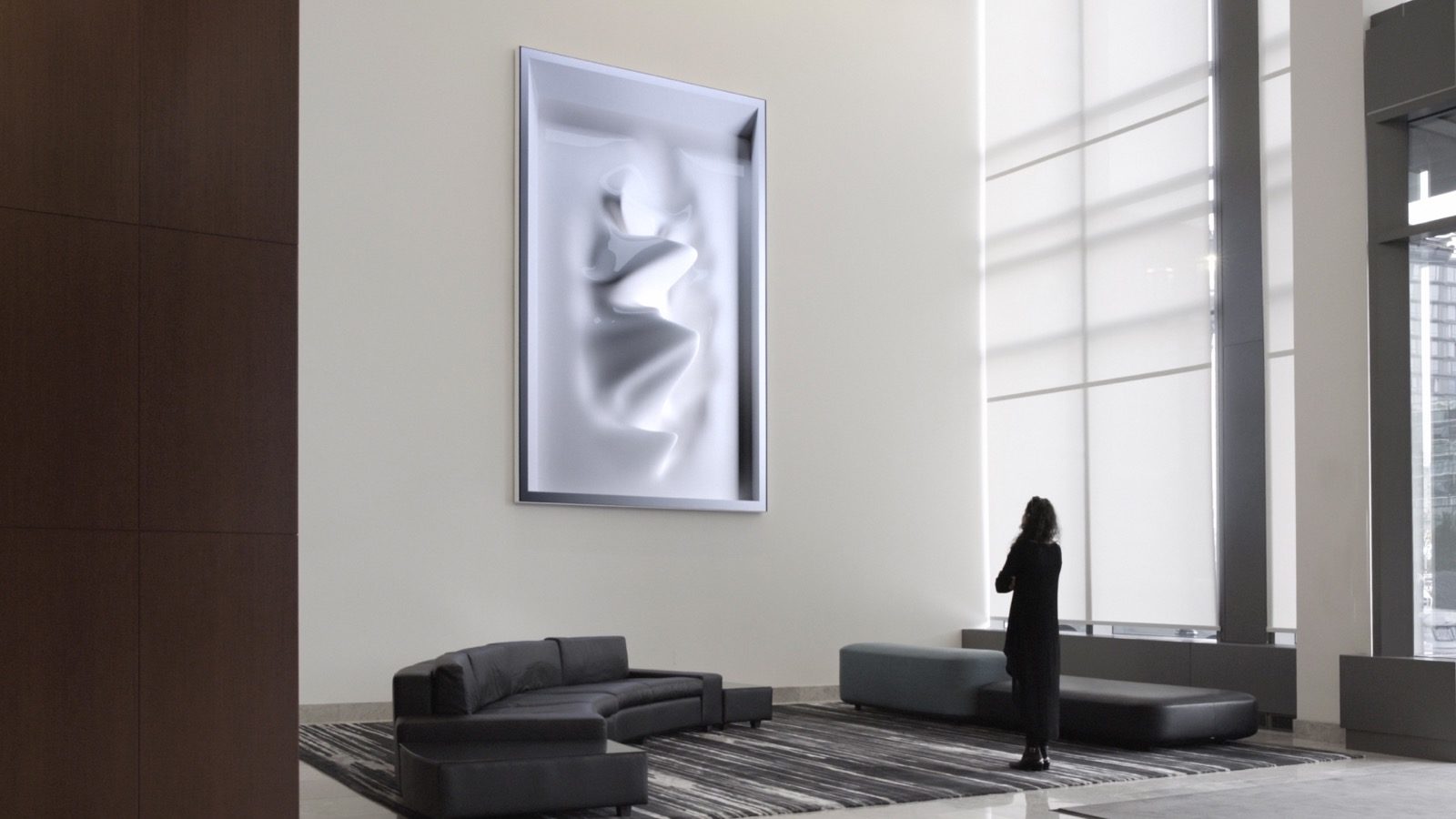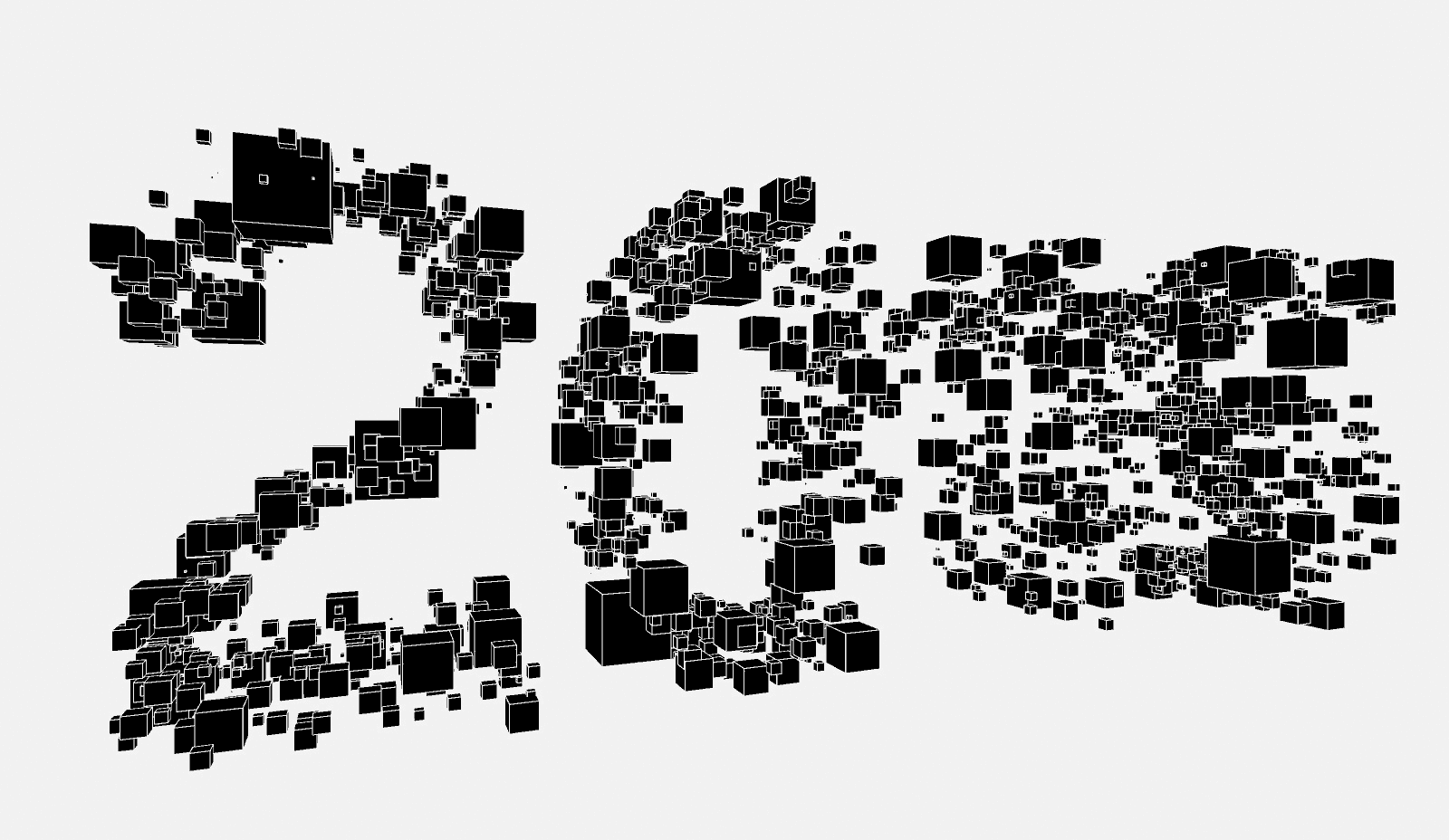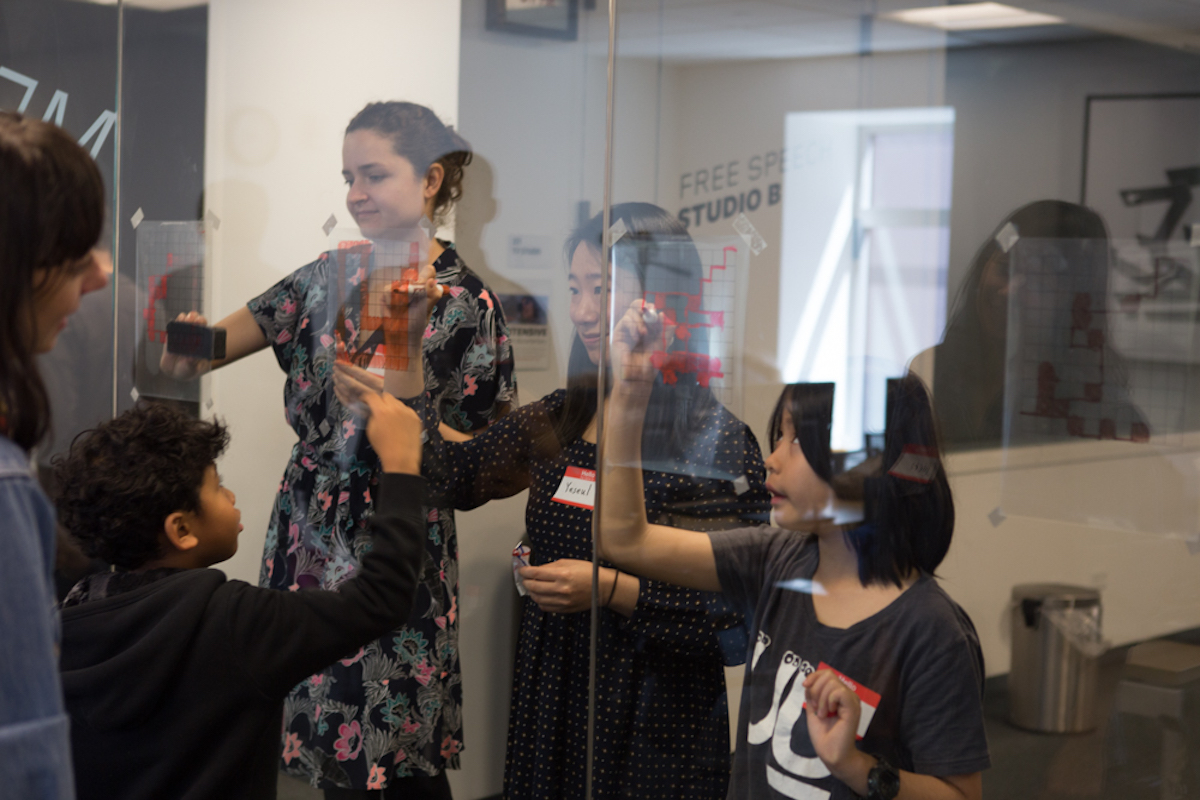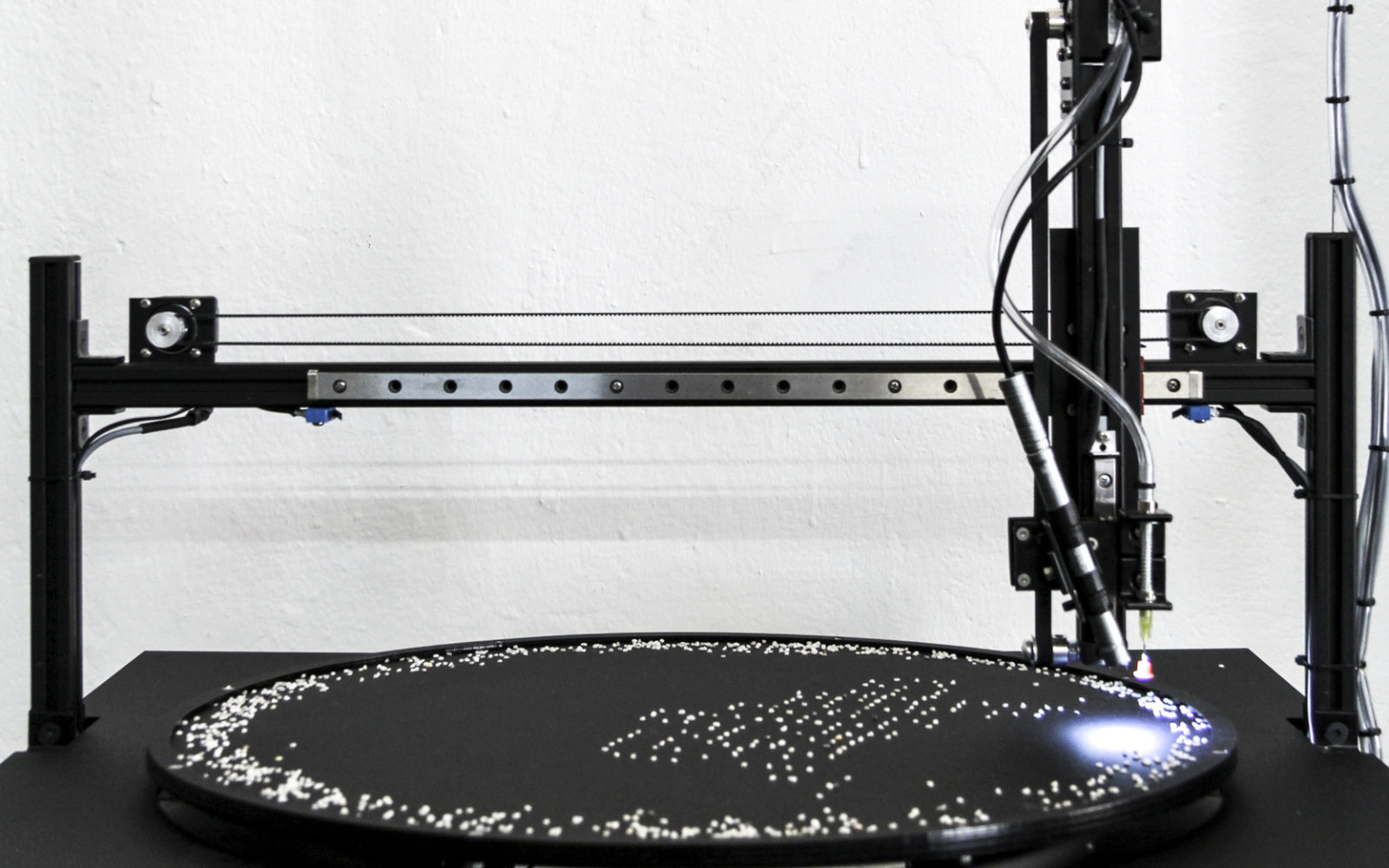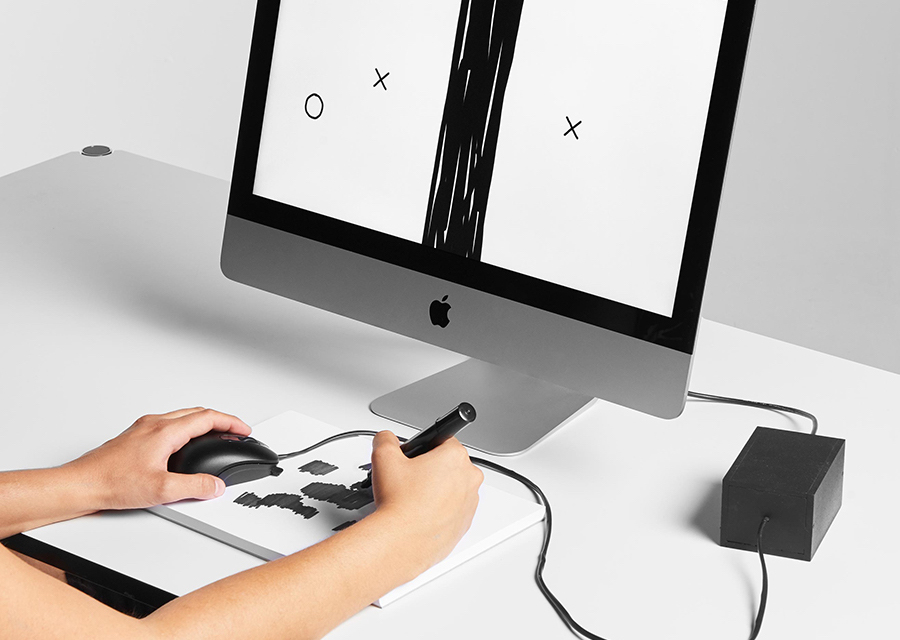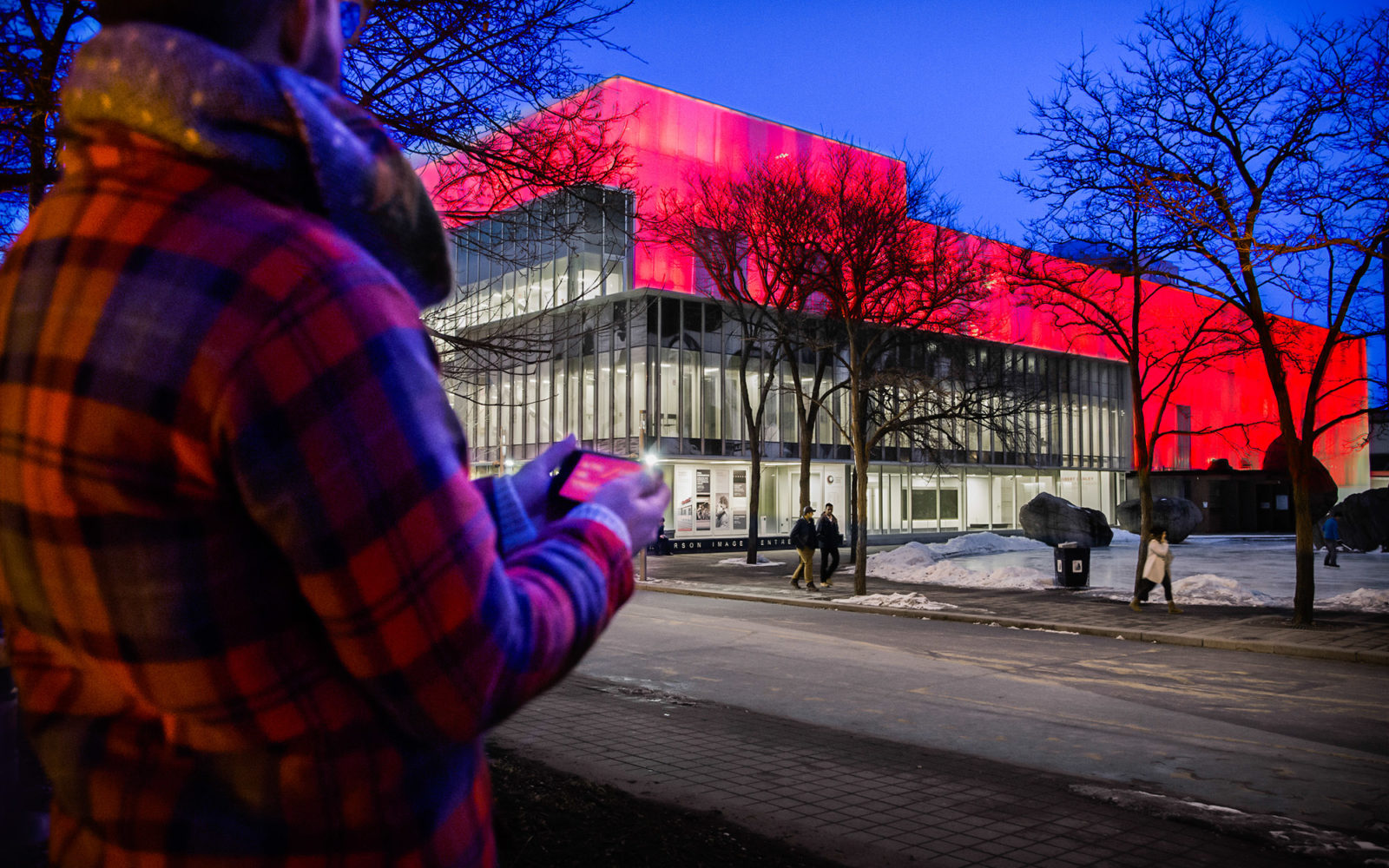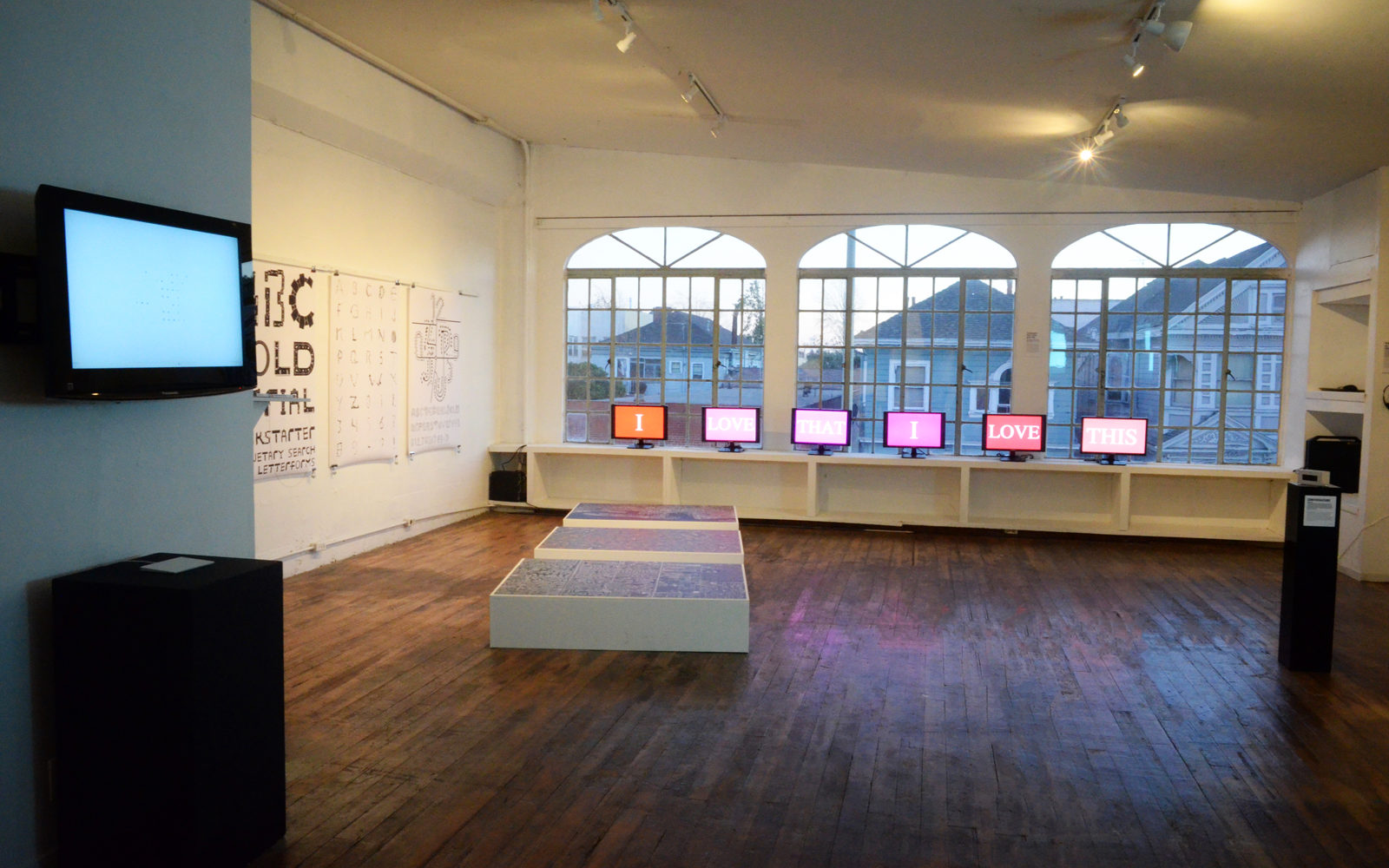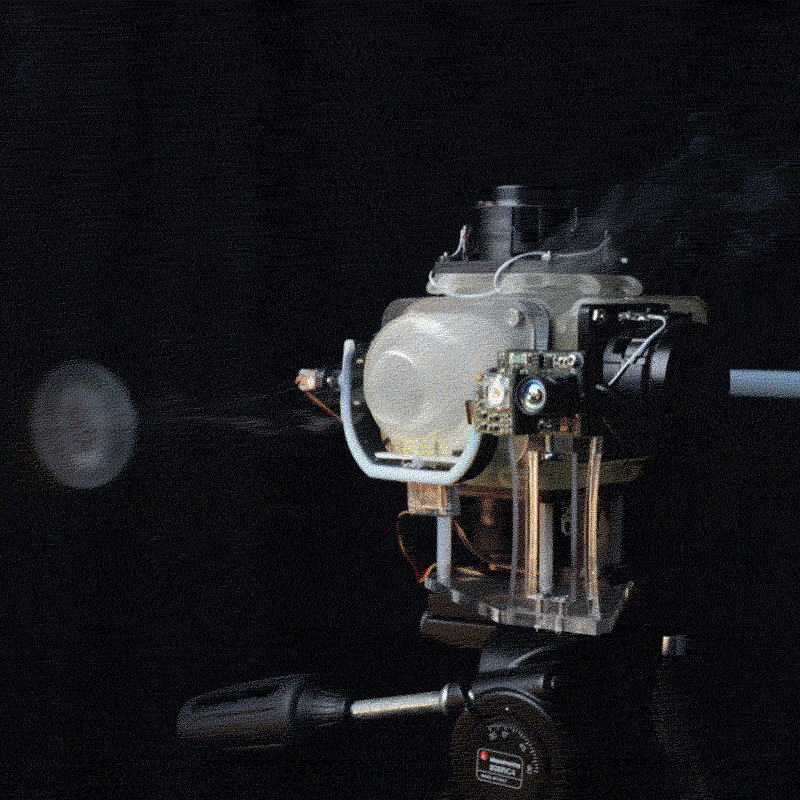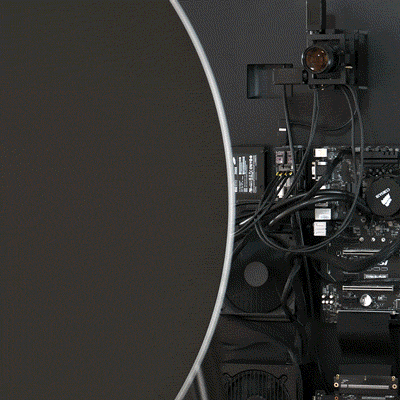/?s=reading
Displaying search results
186 Results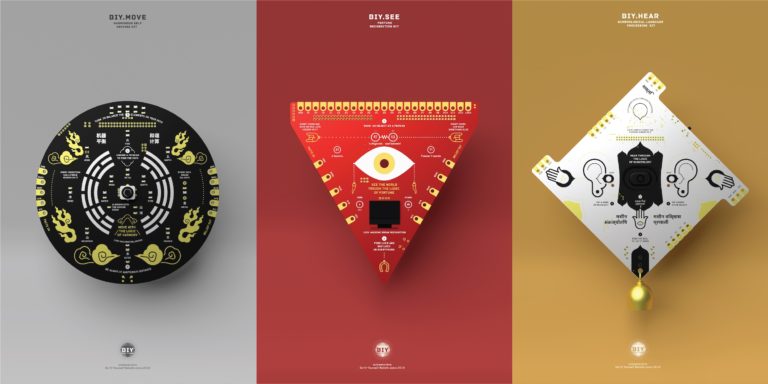
Created by Shanghai based design studio automato.farm, ‘BIY™ – Believe it Yourself’ is a series of real-fictional belief-based computing kits to make and tinker with vernacular logics and superstitions.
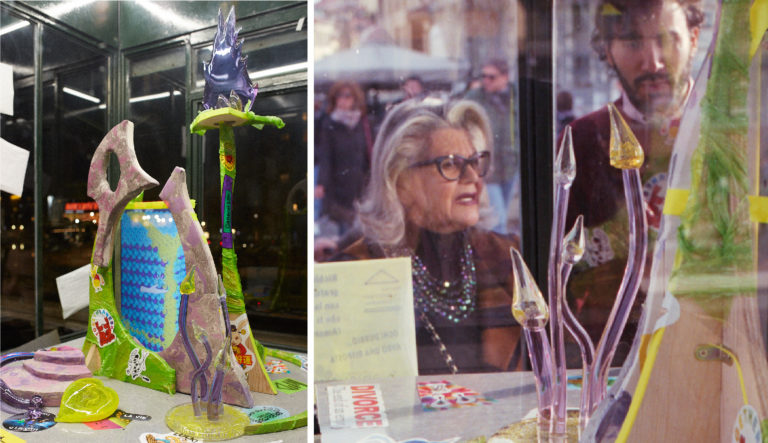
From street cartomancy, fortune-telling always went through a technological upgrade. Television brought nigh-time dedicated shows on tarot reading and internet platforms lead to online consultation services. And with some bigger sites already using outsourced call-centres for offering consultations, with machine learning technologies becoming as accessible as creating a Wix or WordPress site, AI fortune telling…
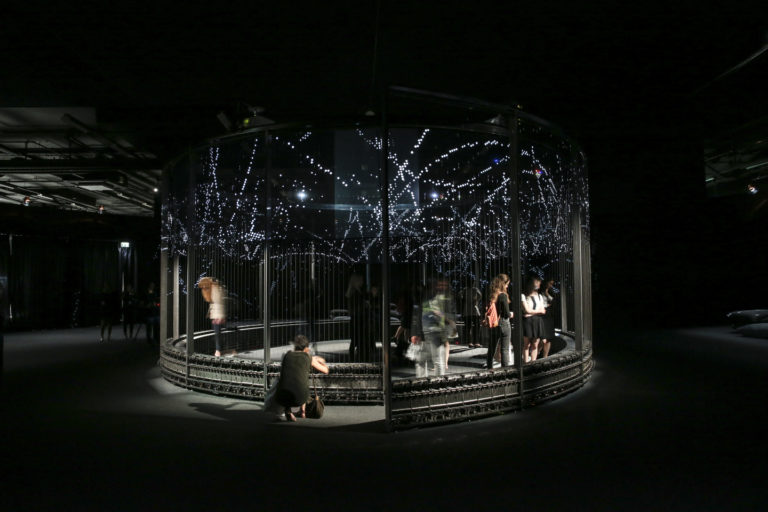
HALO is a large scale immersive artwork which embodies Semiconductor’s ongoing fascination with how we experience the materiality of nature through the lens of science and technology.
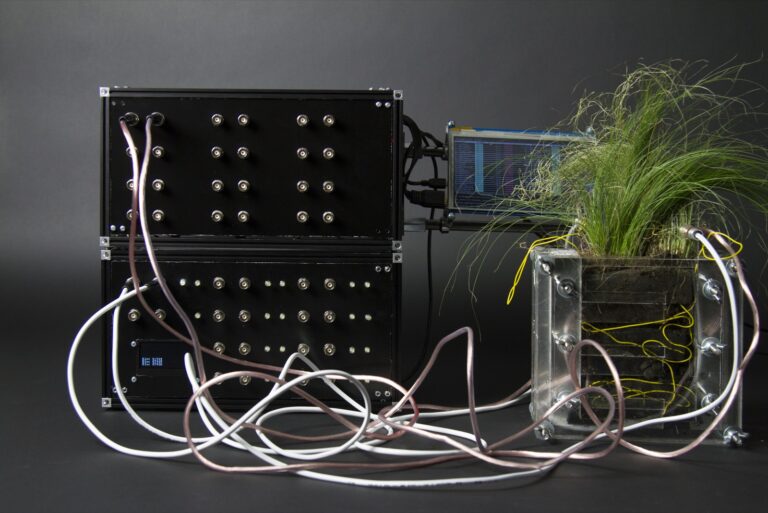
Created by Michael Sedbon, Alt-C is an installation that uses electricity produced by plants to power a single board computer mining a cryptocurrency. The project questions our relationship to ecosystems in regards to networked technologies and abstraction problematics.
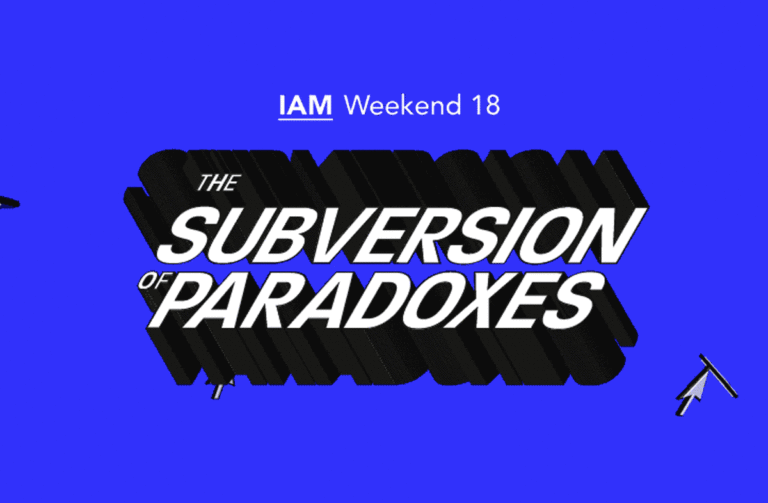
The future is calling (again): in just a few short days, Barcelona’s IAM Weekend returns to the nexus of internet culture and cybernetic serendipity with an exciting mix of talks, workshops, and masterclasses. Join us as we attempt “The Subversion of Paradoxes” in search of the great beyond. The term ‘multidisciplinary’ gets thrown around a…
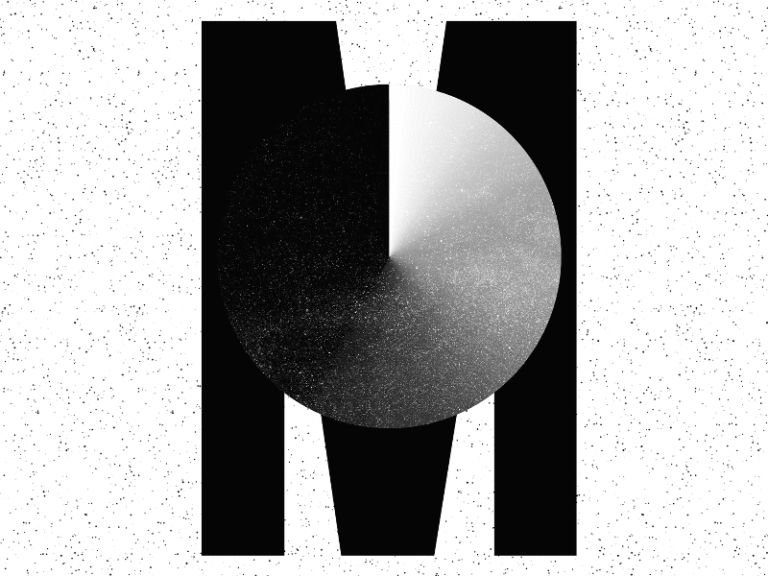
At the upcoming (14th!) edition of Geneva’s Mapping Festival (May 9 – 12), CAN is proud to co-host Mapping LAB – a one-day educational program of 13 workshops run by leading artists, designers, and researchers in our field. Join us!
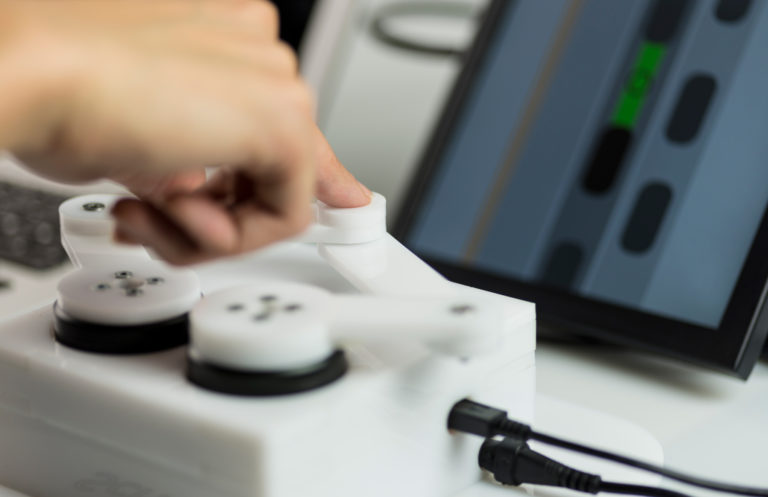
Created by Felix Ros, ‘Scribble’ is a haptic interface designed for autonomous cars that lets the driver draw their way through traffic. They draw a path and the car will follow, not letting them drive but pilot the car, helping the car when in need. Scribble is powered by an Arduino DUE that is controlled over a serial connection by a GUI made in openFrameworks.

Created by Tore Knudsen, ‘Pour Reception’ is a playful radio that uses machine learning and tangible computing to challenge our cultural understanding of what an interface is and can be. Two glasses of water are turned into a digital material for the user to explore and appropriate.
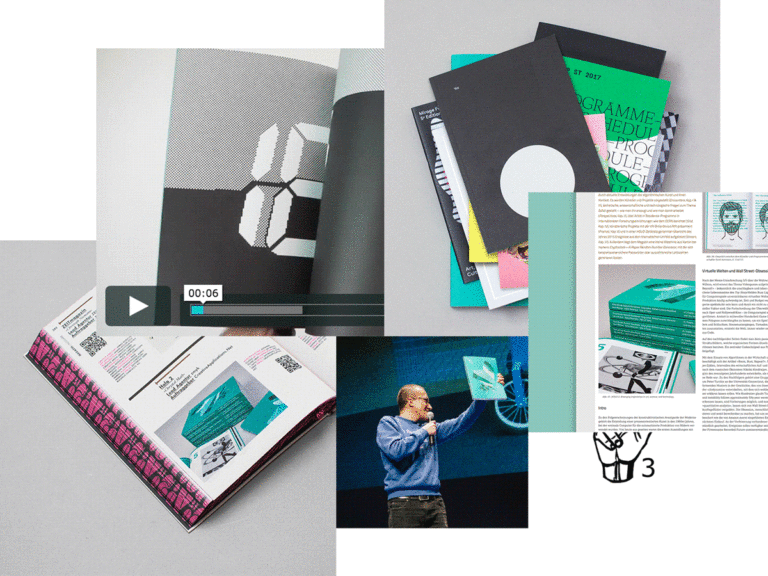
About a year ago HOLO 2 came rolling off the press and we’ve spent the last twelve months shipping it and presenting it all over the world. We compiled a pretty massive report that collates all the crucial facts, figures, and feedback we’ve received. Thanks to our readers, partners, and contributors alike for your support—HOLO is a tribute to the amazing communities it chronicles.
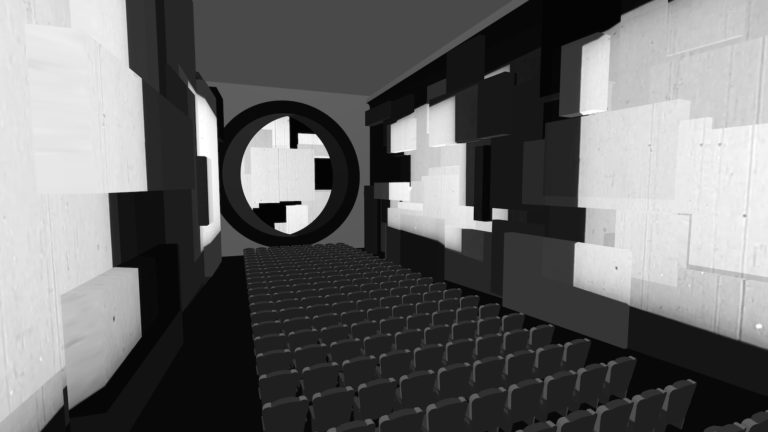
House of Shadow Silence is a VR experience by Portland-based software artist Jeremy Rotzstain. In it, the artist recreates Austrian architect Frederick Kiesler’s 1929 movie theatre the Film Guild Cinema and uses it to ‘build a world’ of light, geometry, and motion.
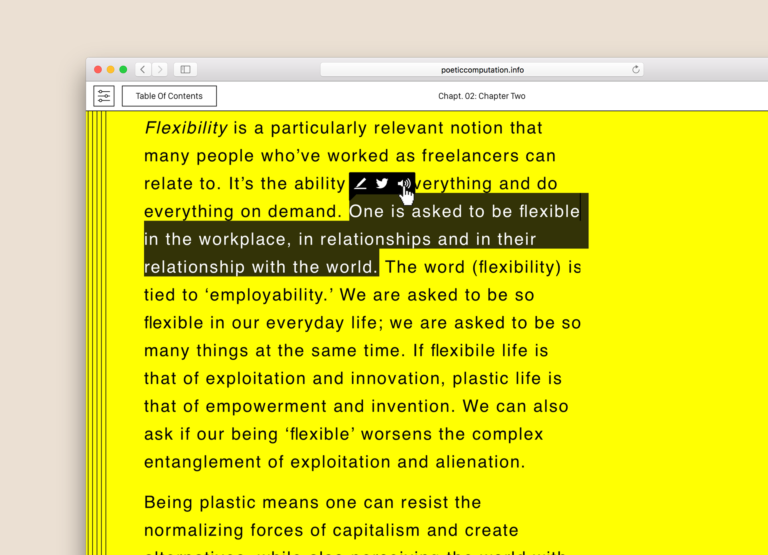
Poetic Computation: Reader is an online-book about code as a form of poetry and aesthetic by Taeyoon Choi. Based on his lectures at the School for Poetic Computation, the book introduces the poetic aspects of computation and considers how engaging technology with this lens can lead to new political possibilities.
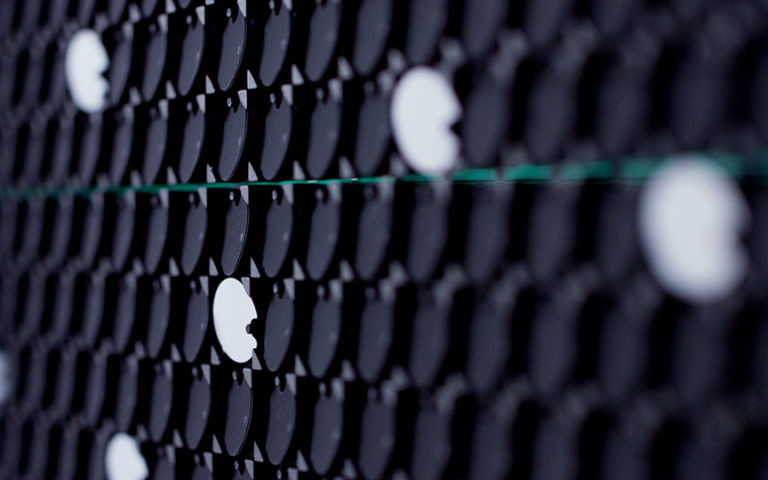
Gysin-Vanetti (Andreas Gysin & Sidi Vanetti) are an artist duo exploring images and patterns using the type geometries of multipurpose displays. What characterises the projects shown here is that their intention is to not modify the layout (or visual organisation) of the chosen hardware – they work with what the existing has to offer. Within these hard constraints they search for infinite visual permutation. Using only type and digit, Gysin-Vanetti build images, animations and generate patterns.
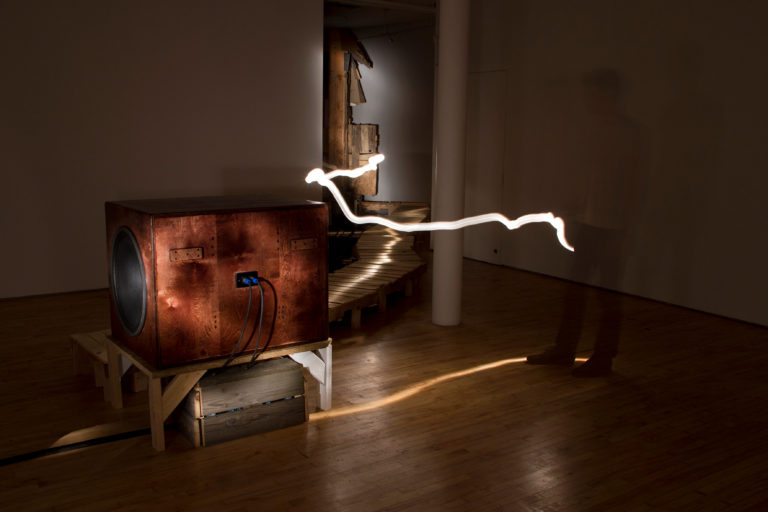
AUDINT is a European artist collective working across animation, installation, and publishing. Drawing on excerpts from an extended conversation with the group, we unpack their vision of the dystopian future-present and the nether zones that can be conjured through sound and vibration.
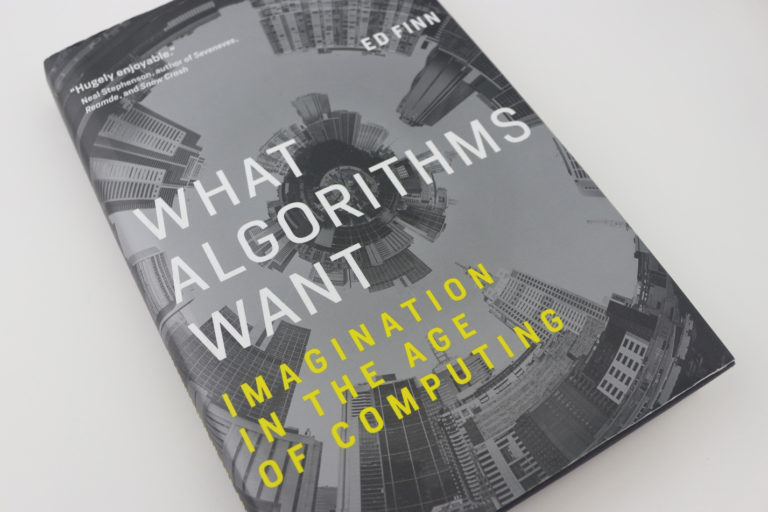
‘How much should we let algorithms shape our lives?’ is the question at the heart of Ed Finn’s recent book “What Algorithms Want: Imagination in the Age of Computing”. Scanning Silicon Valley, computer science, and the cultural sphere alike it offers a smart and accessible reading of our current moment.
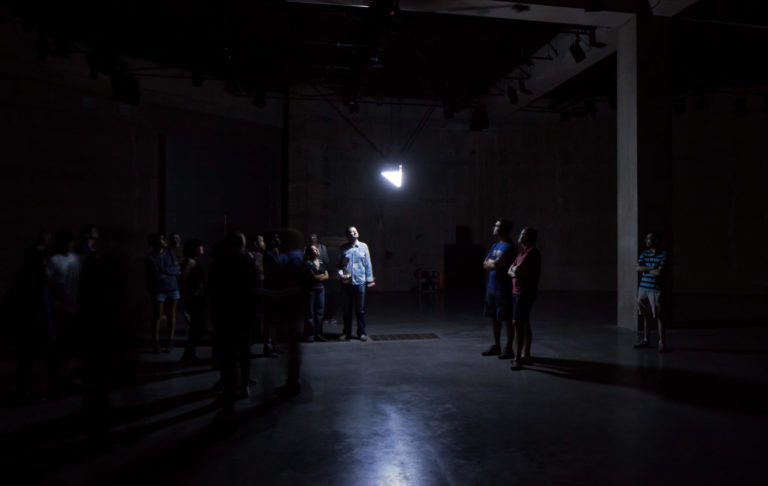
This summer, visitors to Sao Paulo’s Itau Cultural Gallery find themselves face-to-face with a host of artificial life forms. Amongst them is a new version of artist Ruairi Glynn’s interactive installation ‘Fearful Symmetry’, which was first shown at the Tate Modern, London, in 2012.
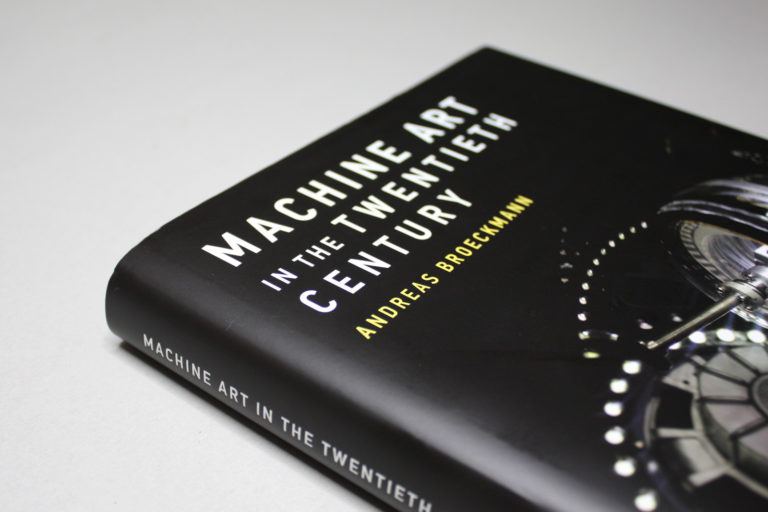
Machine Art in the Twentieth Century is a recent MIT Press-published book by Andreas Broeckmann exploring ‘machinic’ art-making. CAN weighs in with a review of this survey of moments, movements, and key figures spanning futurism to the present day.
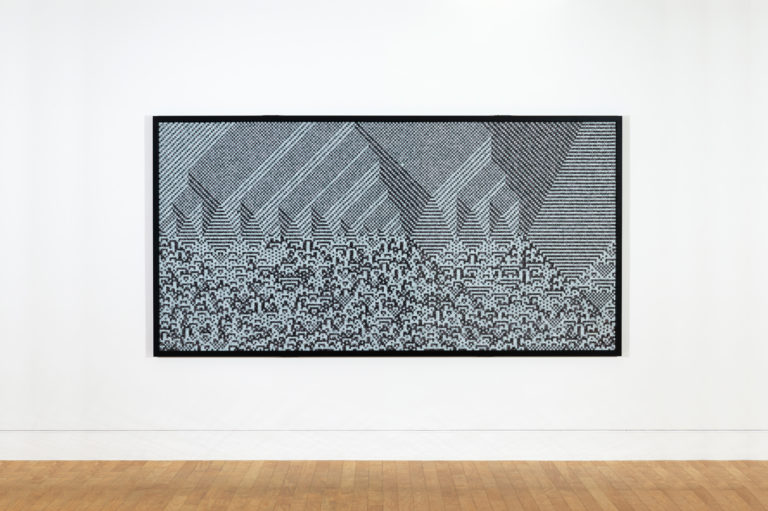
A meditation on several recent Troika projects that render cellular automata with dice and anodised aluminium rather than pixels on a screen. Realized over the last four years, these works demonstrate how a prolonged investigation into a rudimentary approach can yield rich dividends.
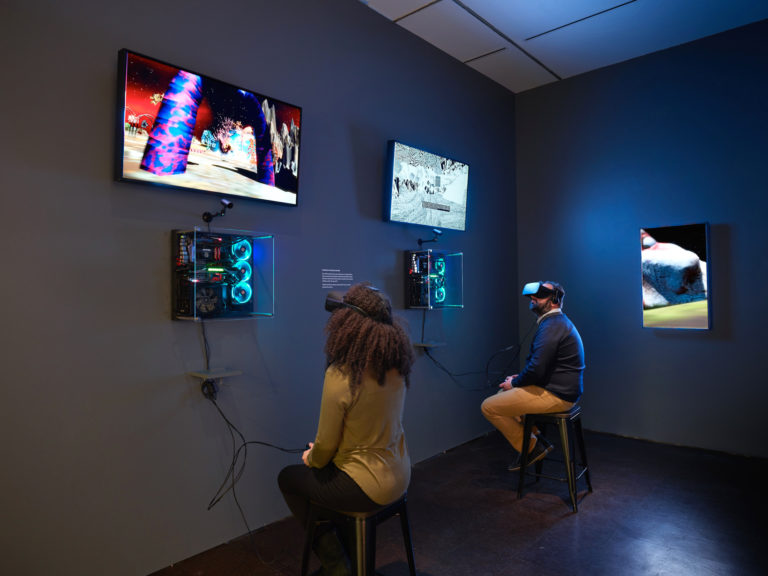
DiMoDa is a VR-based ‘digital museum for digital art’ initiated in 2015. After a busy 2016 the museum’s second iteration is currently showing at RISD Museum in Rhode Island. The museum’s co-founder Alfredo Salazar-Caro sheds a little light on where there platform has been, and where it is going.
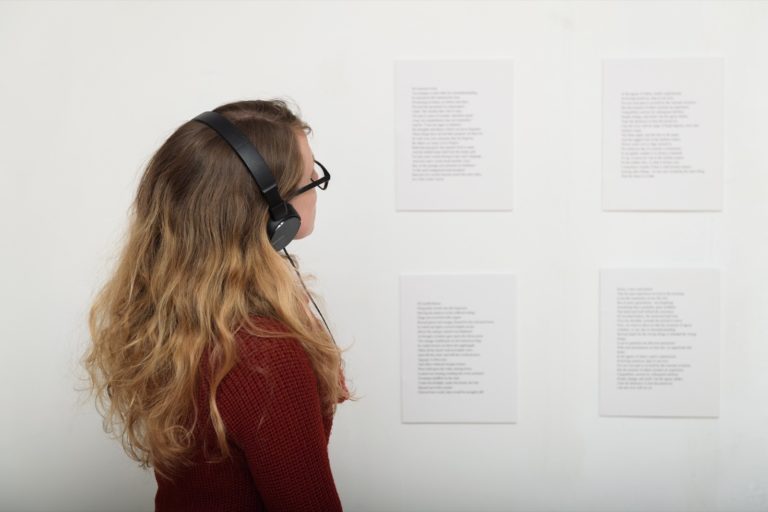
In the final week of the last year’s fall 10-week program at the School for Poetic Computation (SFPC), students presented their work in progress and its underly ideas in a public showcase. Here is a selection of projects that were presented.
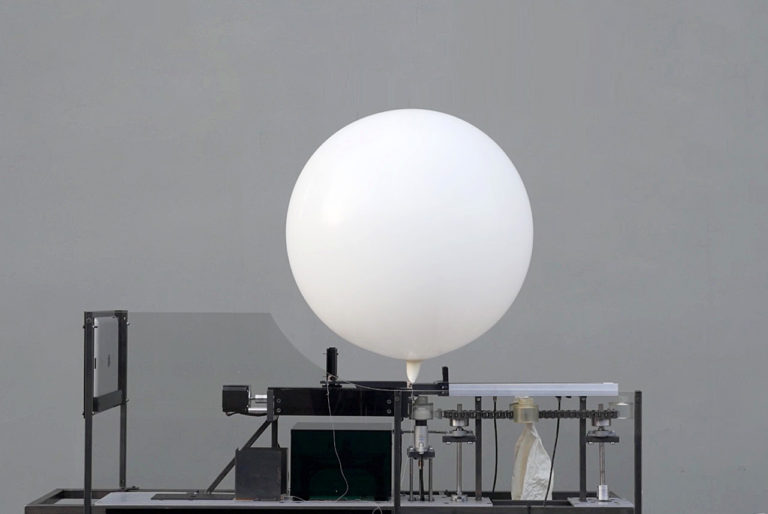
A complete redesign of his 2014 Jean Tinguely-inspired project, David Colombini’s Attachment is a “poetic machine” that renders physical manifestations of user-generated digital messages (text, images, or videos) and sends them off via biodegradable balloons.
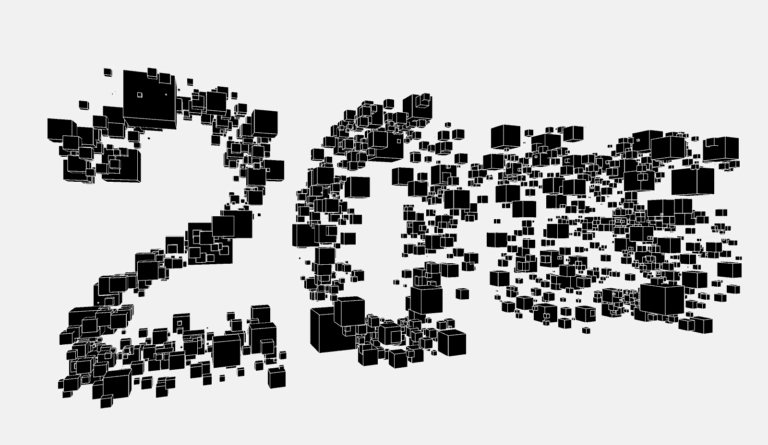
At its best, creative inquiry offers intellectual nourishment, empowerment and solace. At the end of 2016, we need all of those, which is why remembering – and celebrating – the outstanding work done this year is all the more important. Over the past twelve months we’ve added more than 100 projects to our archive – and with your help we’ve selected the favourite ones!
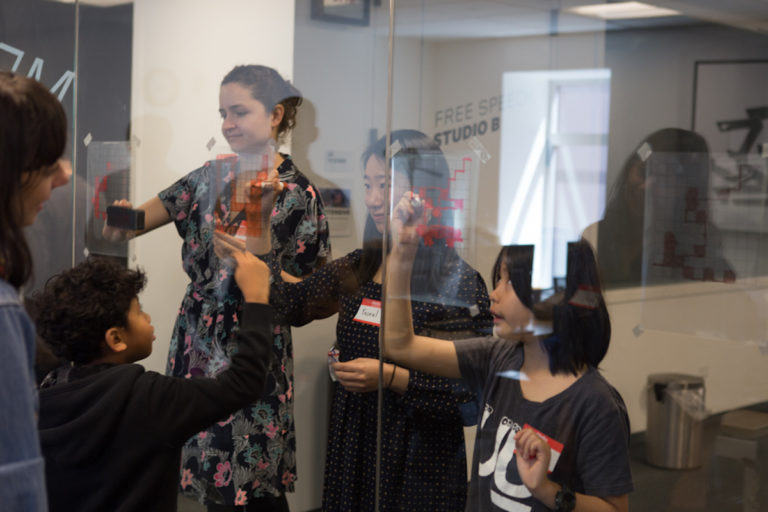
From the Digital Citizens Lab to making Processing more accessible – Lauren McCarthy, Los Angeles-based artist and Processing Foundation board member, surveys the work of the 2016 Processing fellows and sheds light on the Foundation’s 5-month fellowship program.
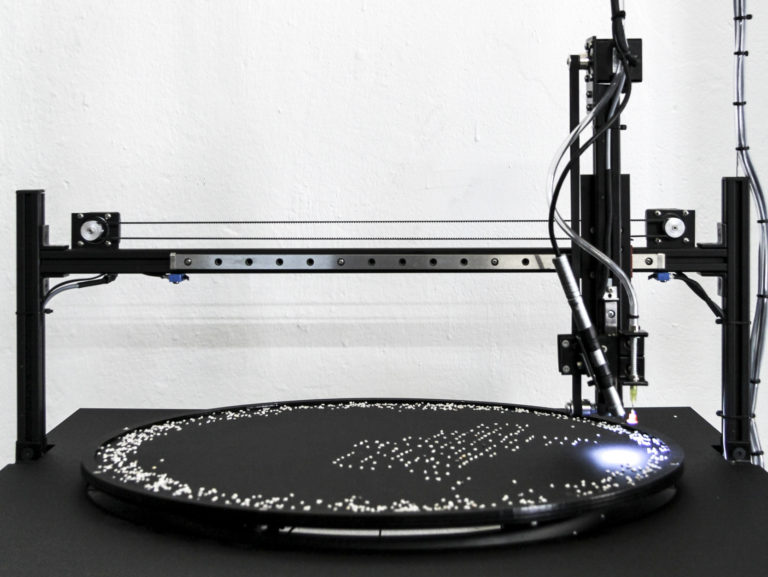
Created by Berlin based Ralf Baecker, Random Access Memory is a fully functional digital memory. Instead of operating on semi-conducting components to represent either the binary states of 0 (zero) or 1 (one), the memory uses grains of sand as storage material.
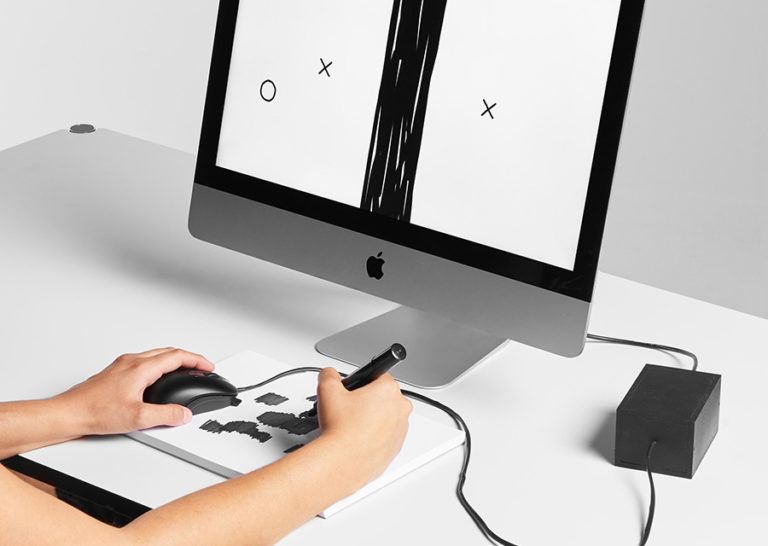
Created by Mylène Dreyer at ECAL, Scribb is a computer game in which the physical area scanned by the mouse is an integral part of the interaction. The player must draw black areas, detected by the mouse, to be able to evolve in the game, simultaneously managing the position of the mouse and the surface on which it is placed.
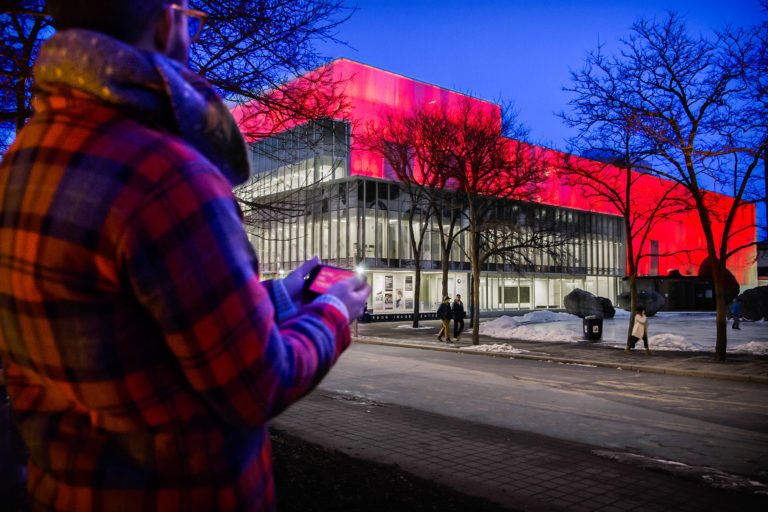
Dave Colangelo, a researcher and artist focused on the role media plays in the city. An Assistant Professor at the Portland State University in the School of Theatre + Film, and a member of the Public Visualization Studio, Colangelo chatted with CAN about media façades, public art, and Pokémon Go.
Created by TEM in collaboration with Vincent de Belleval, The Beacons is a virtual environment built around a catwalk that uses a dynamic content system piped through a room sized inverted zoetrope, created from 2.5m tall, 0.5 tonne, 60rpm motorised beacons x 3.

